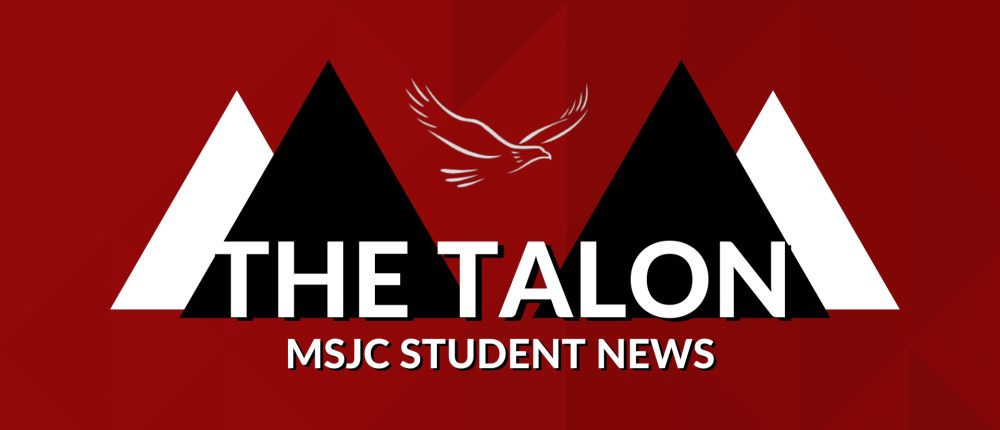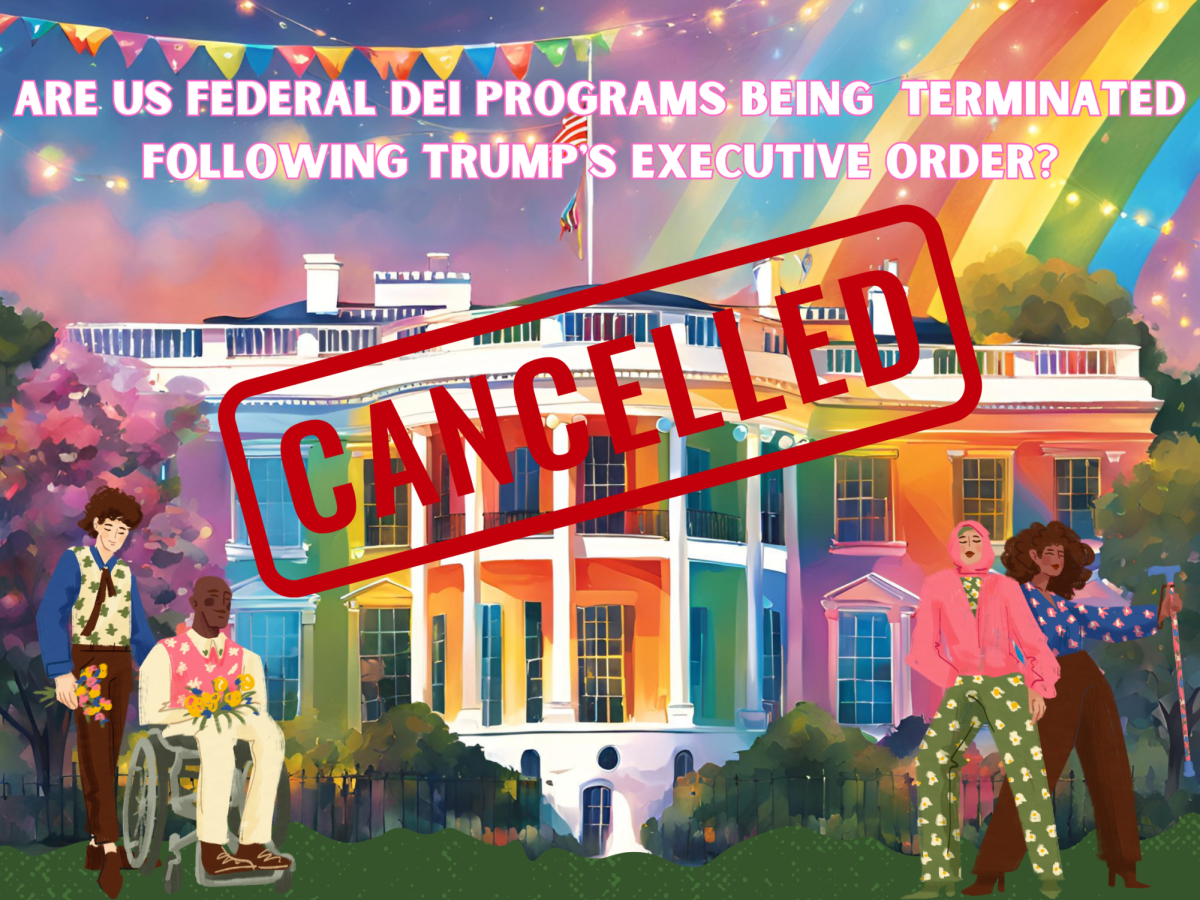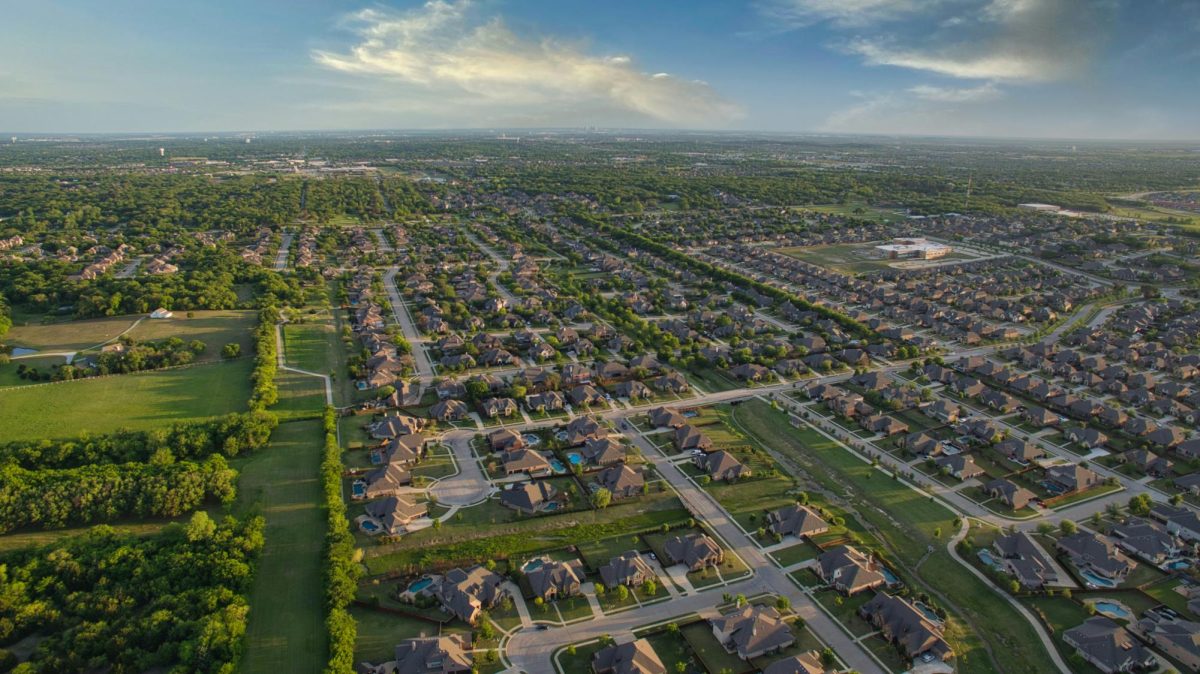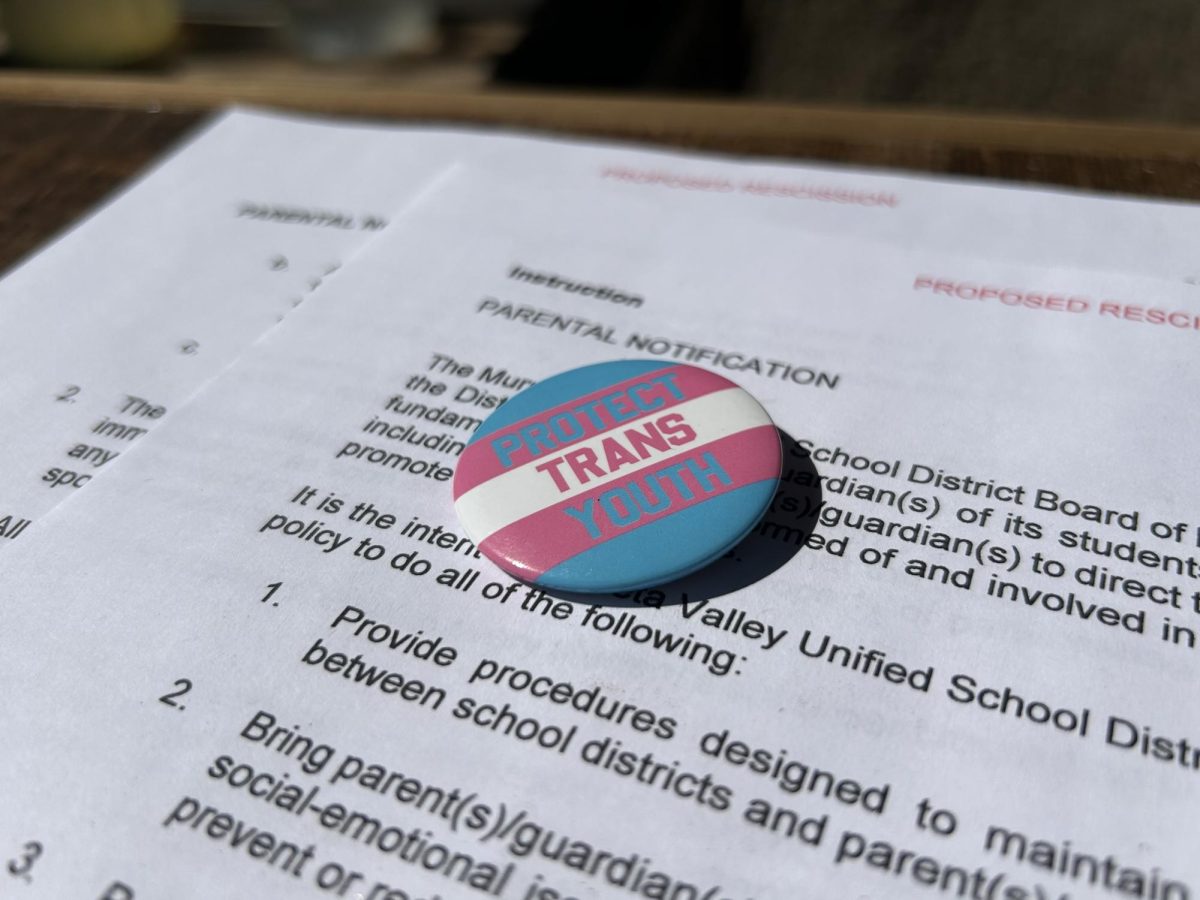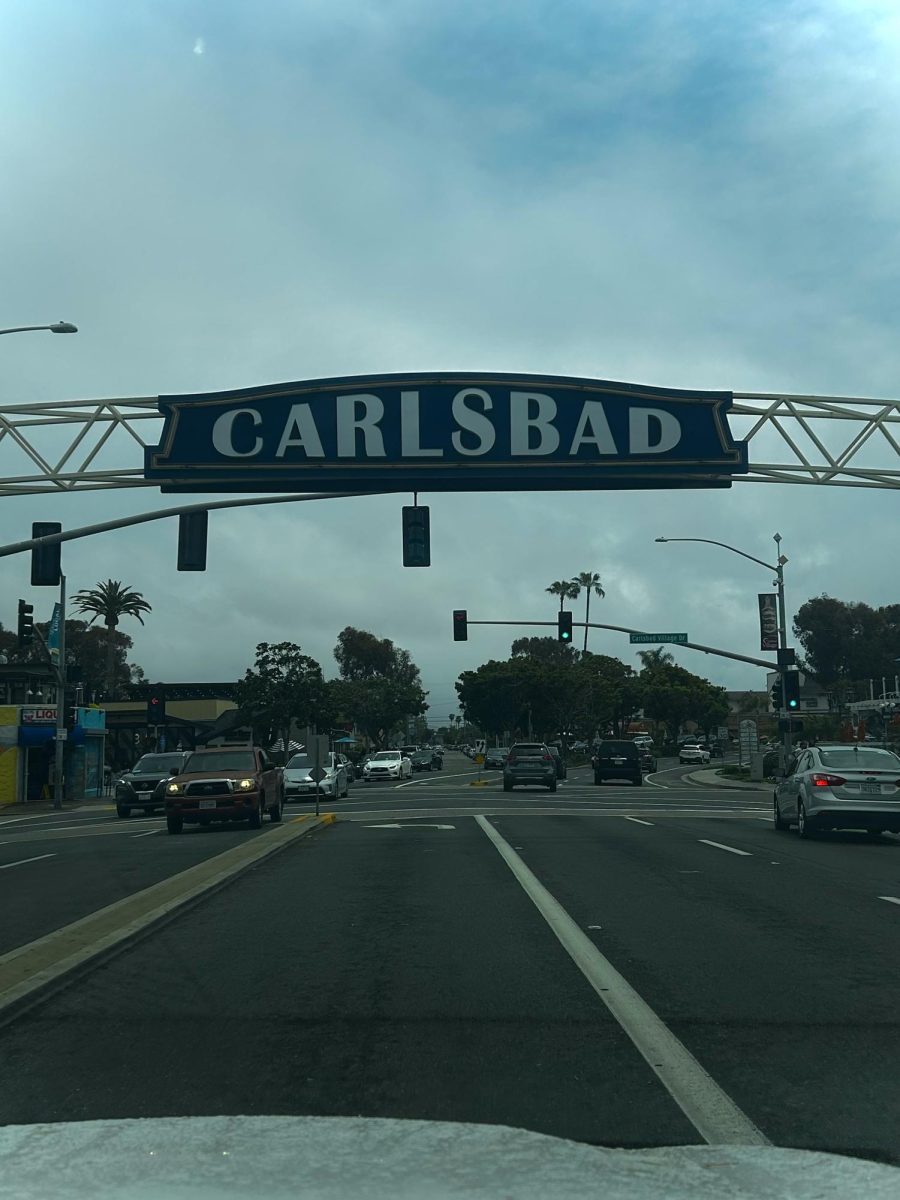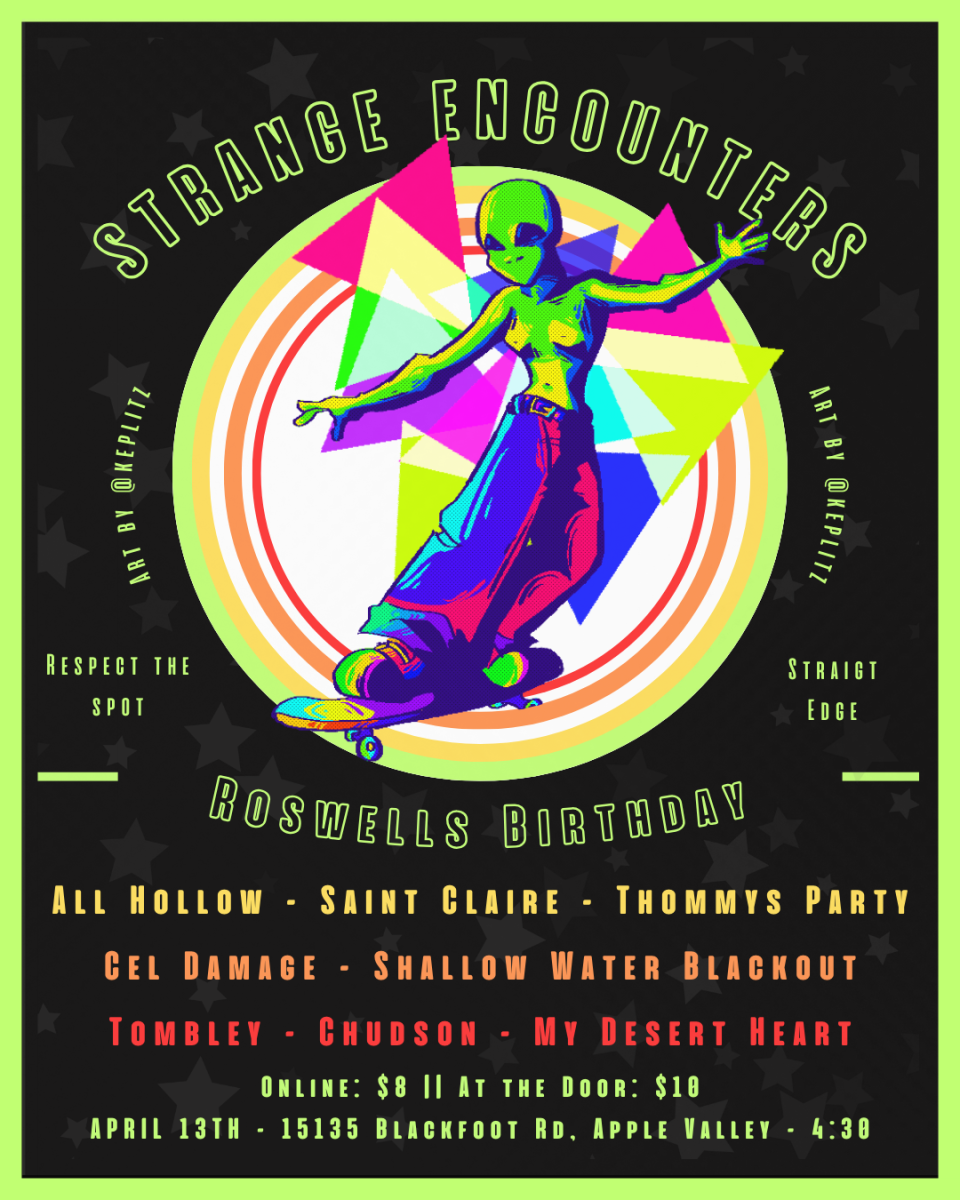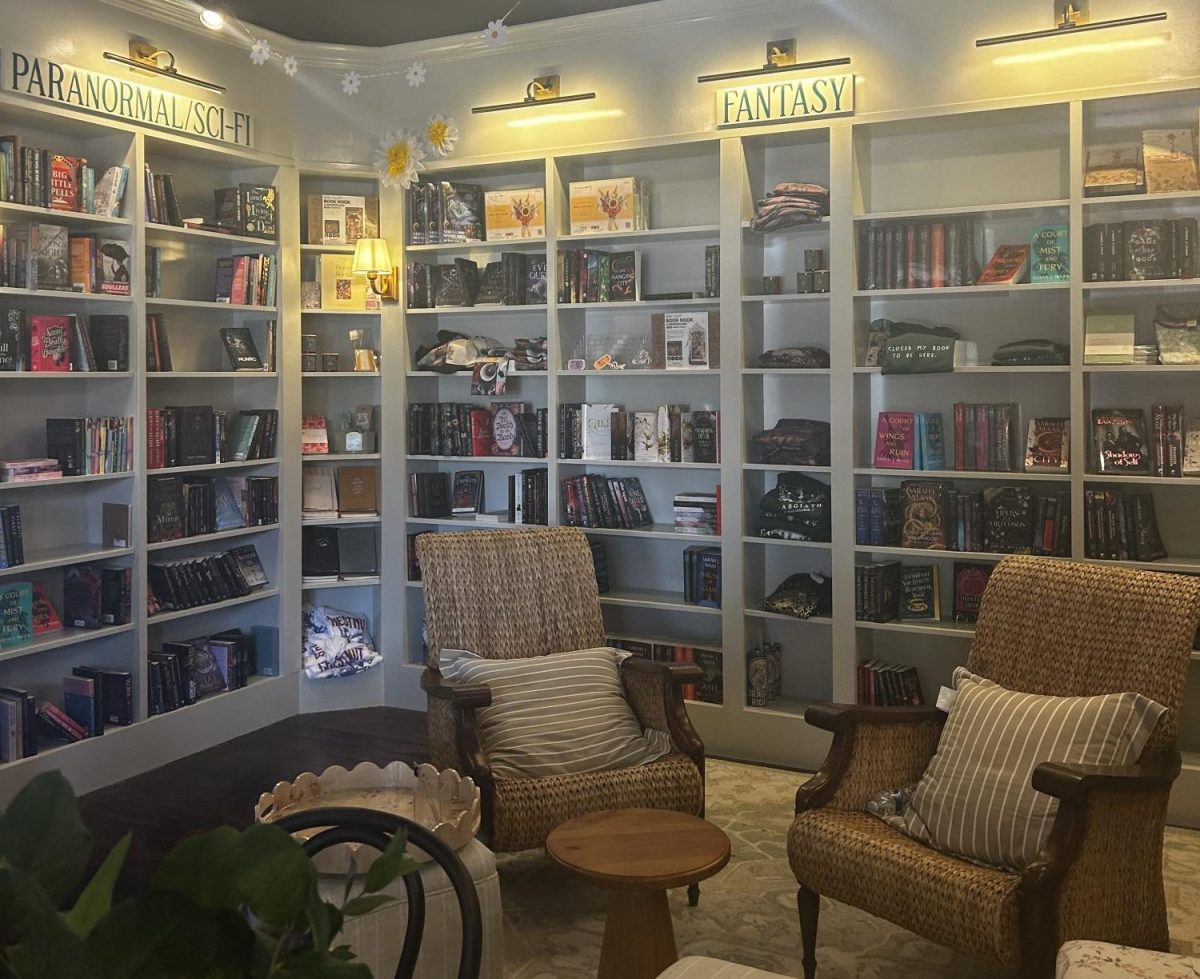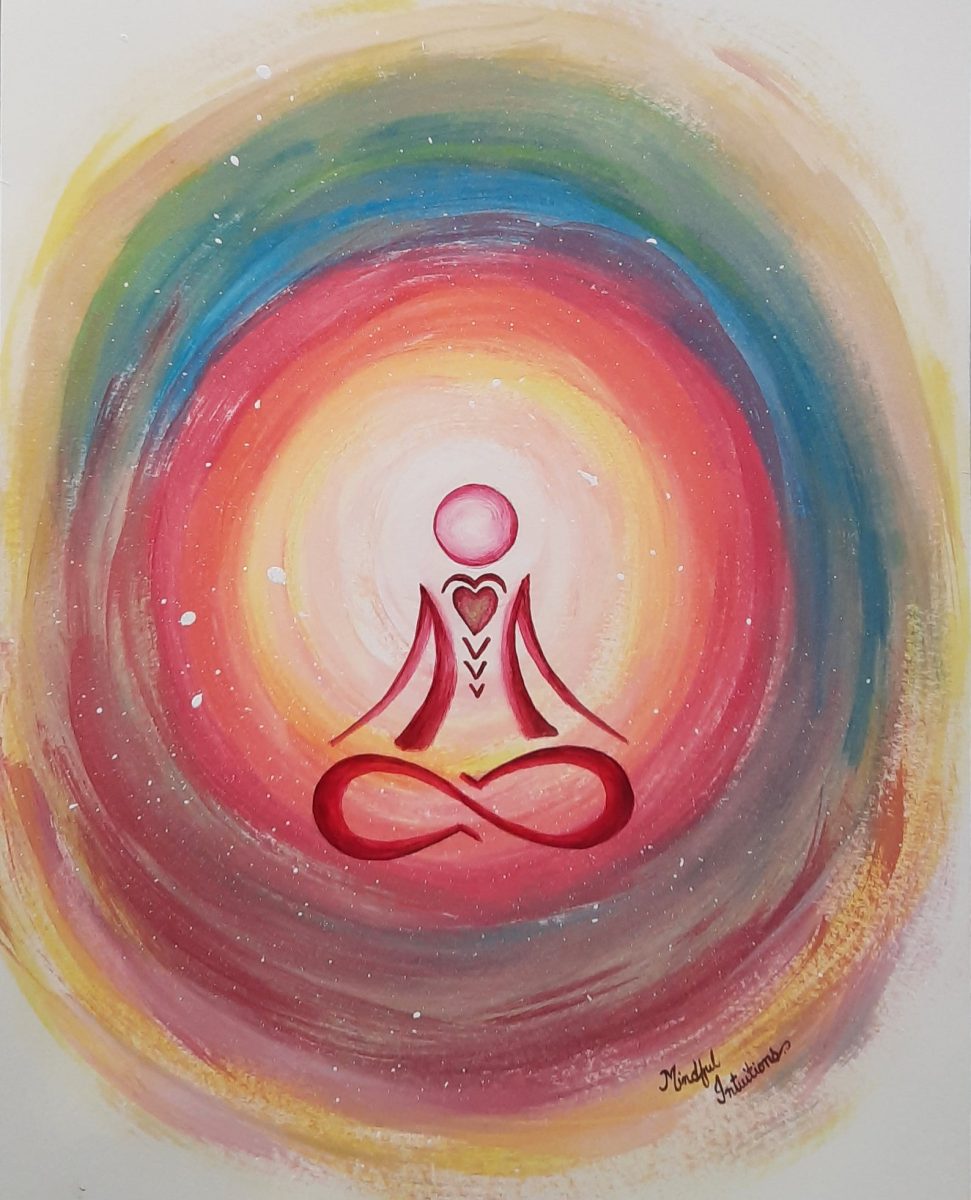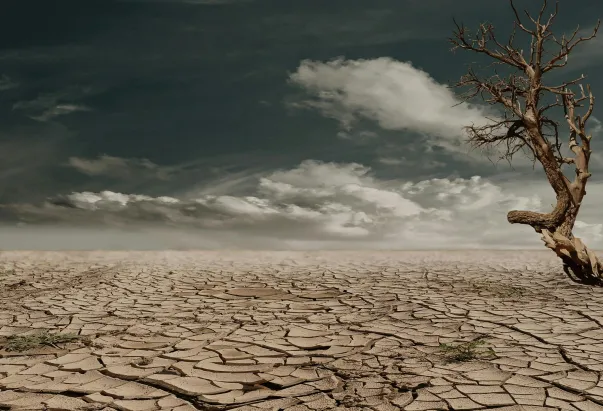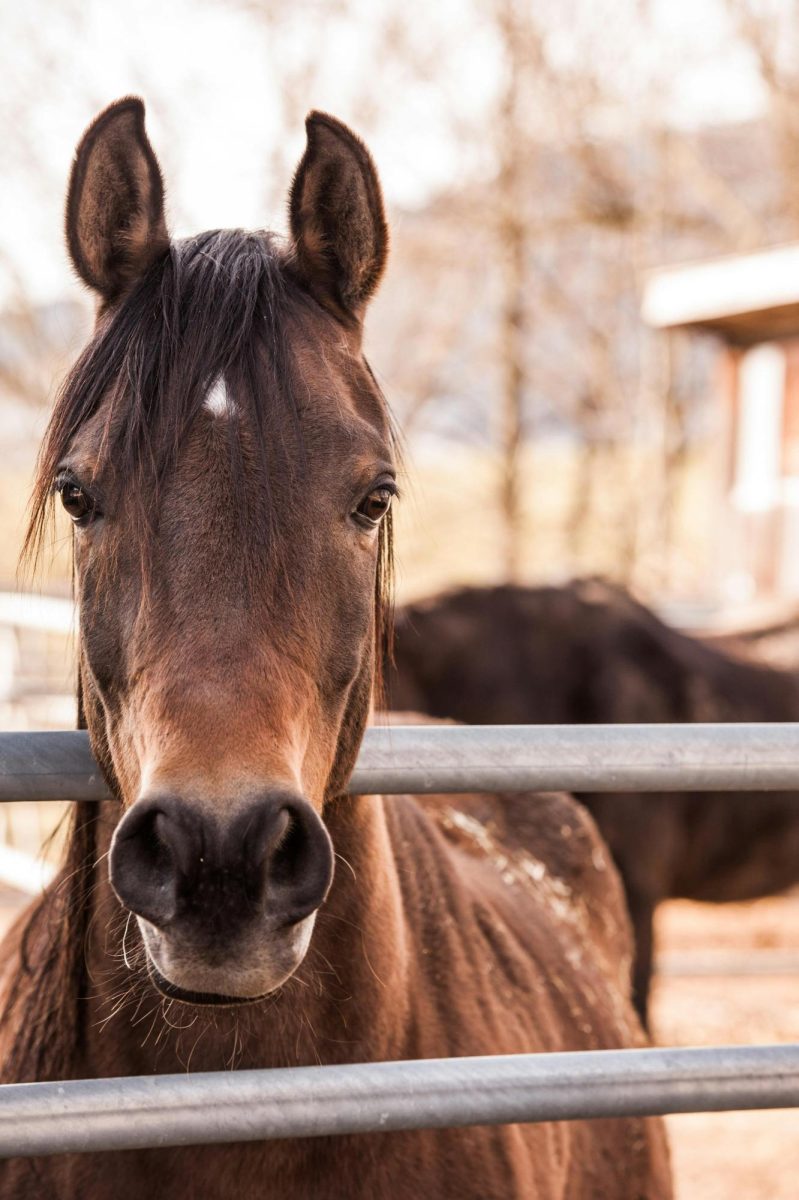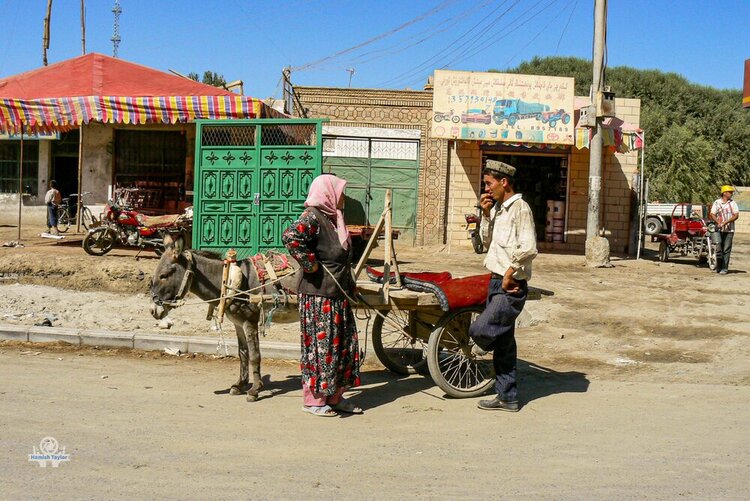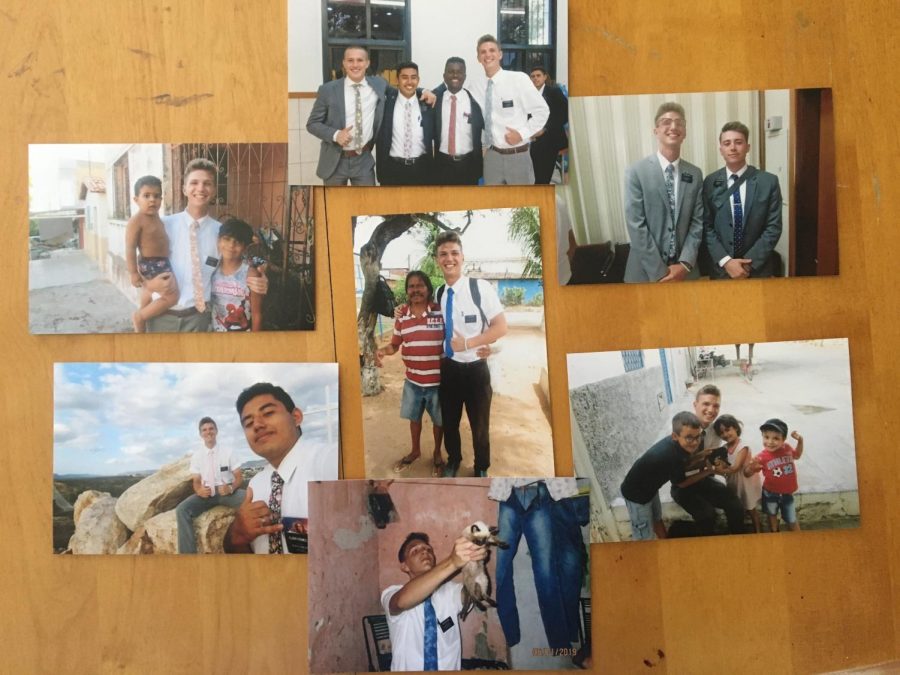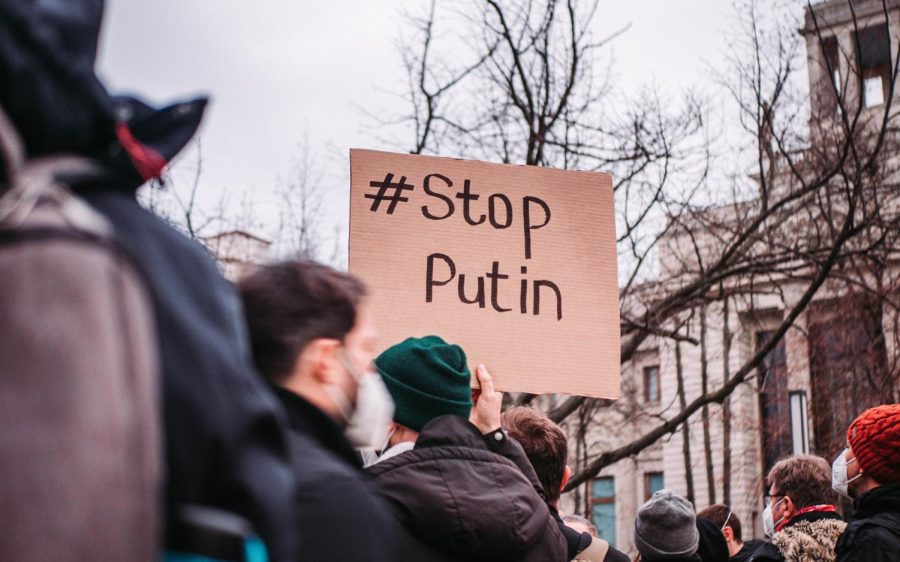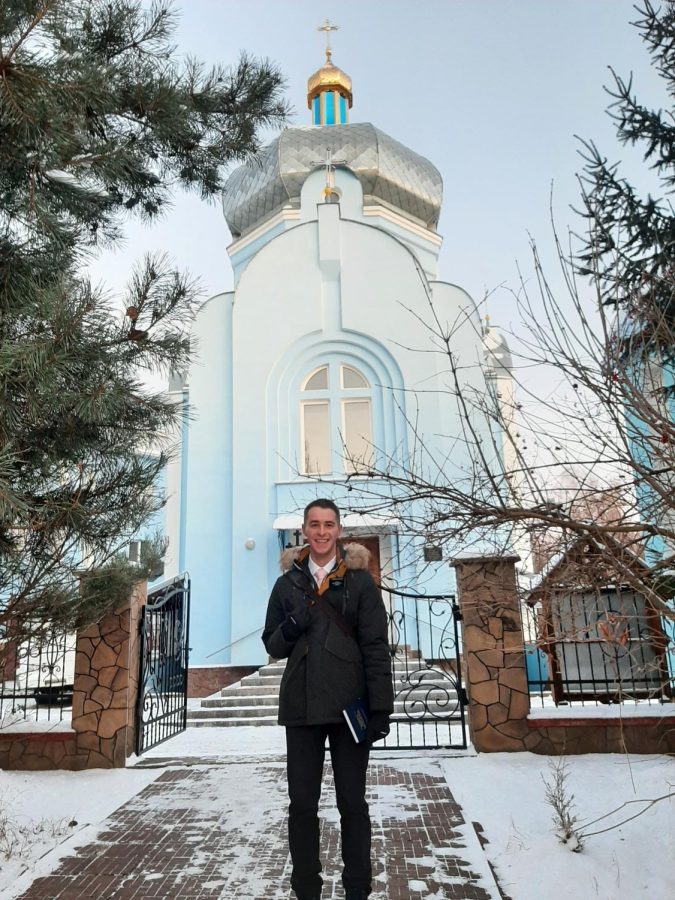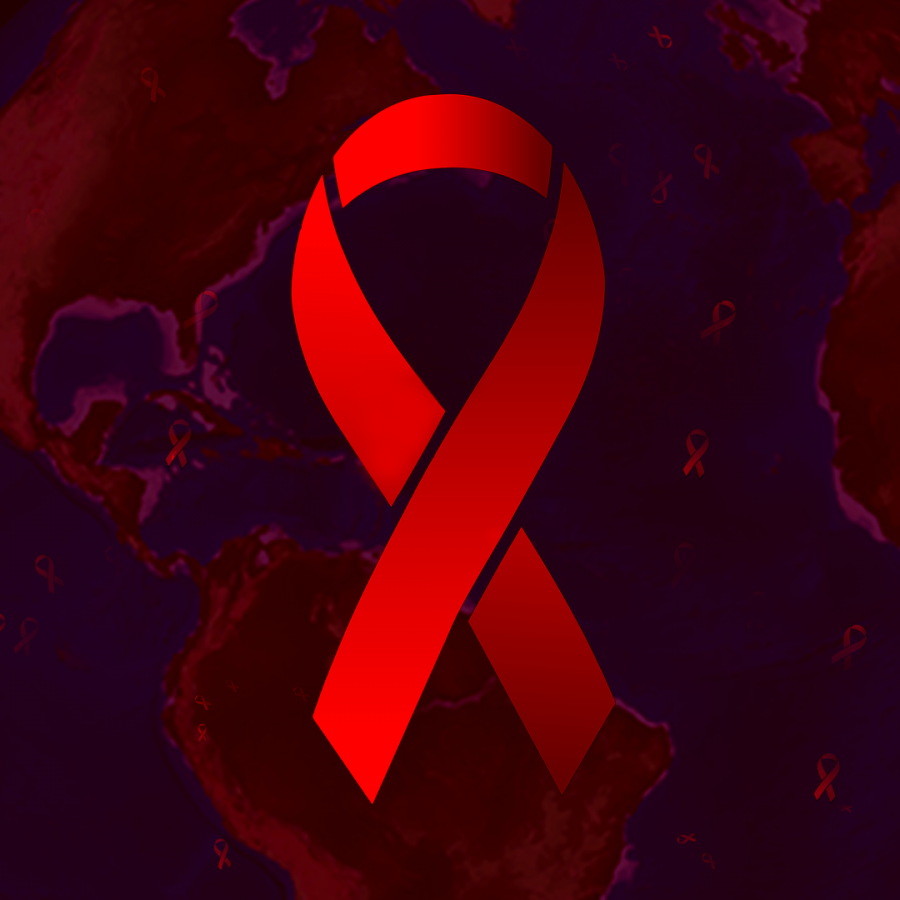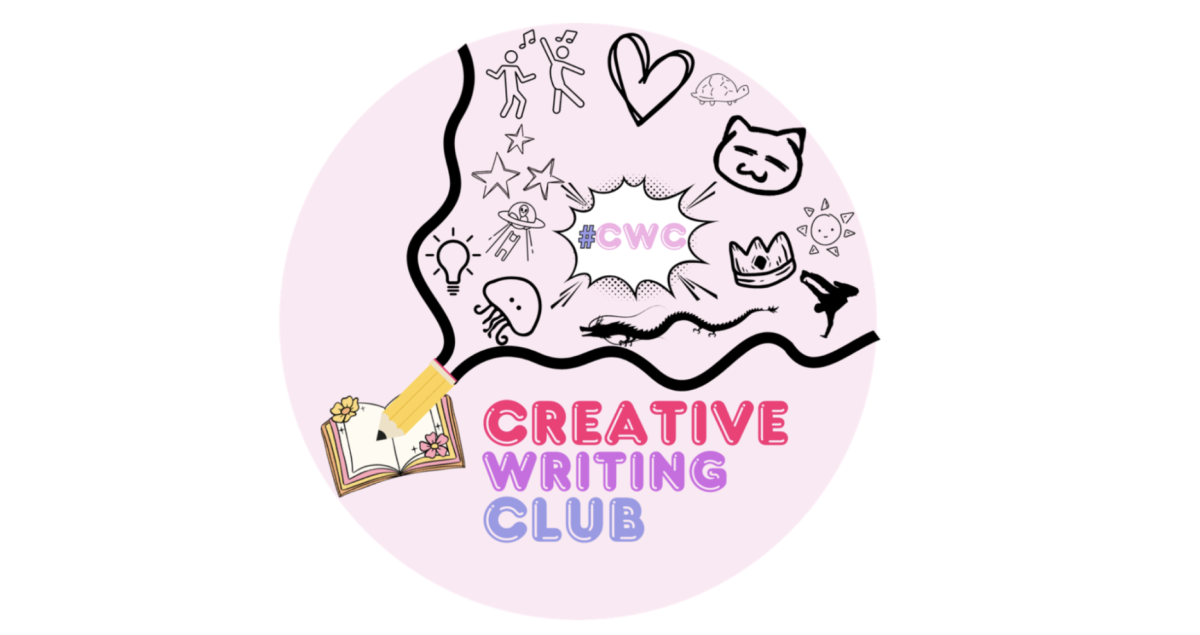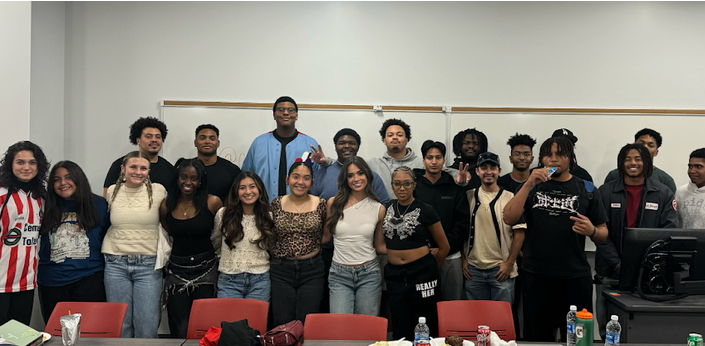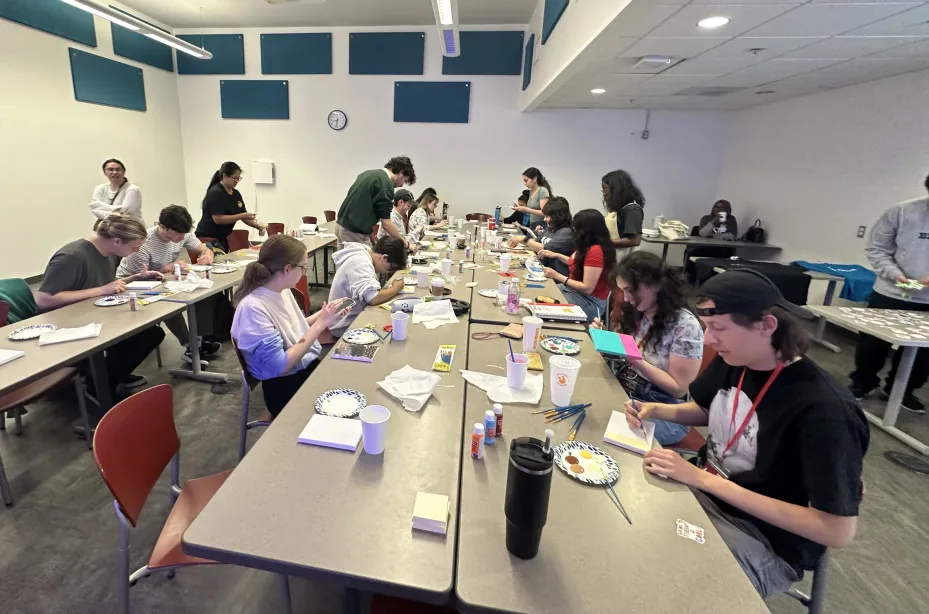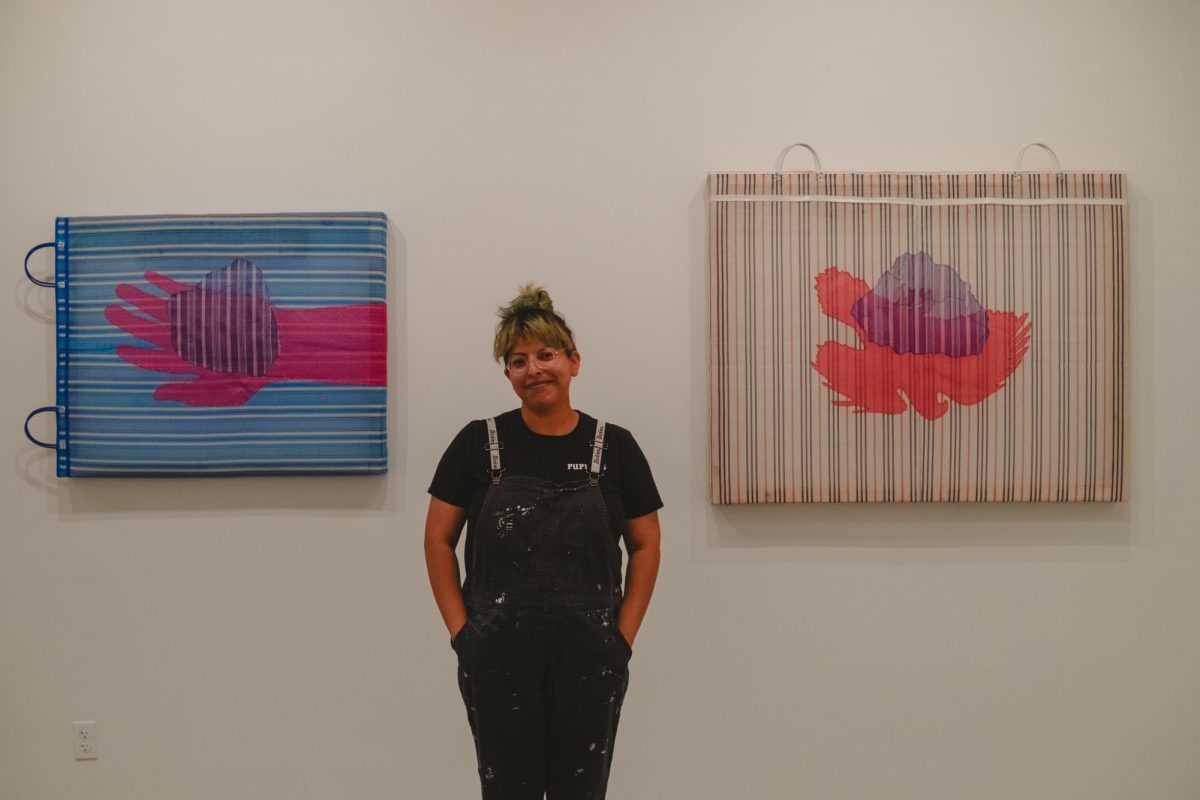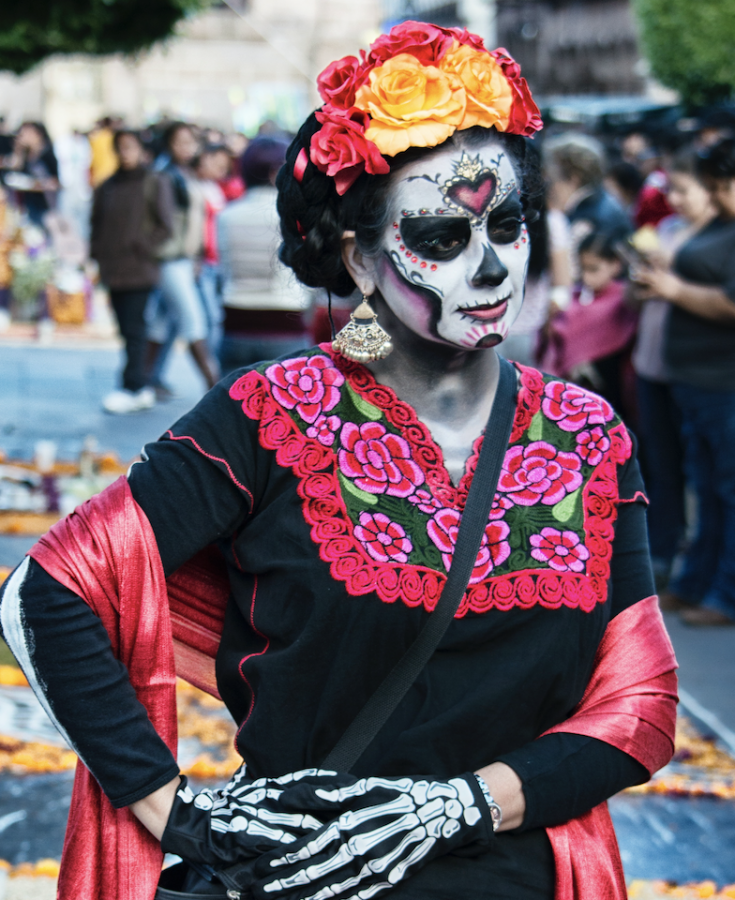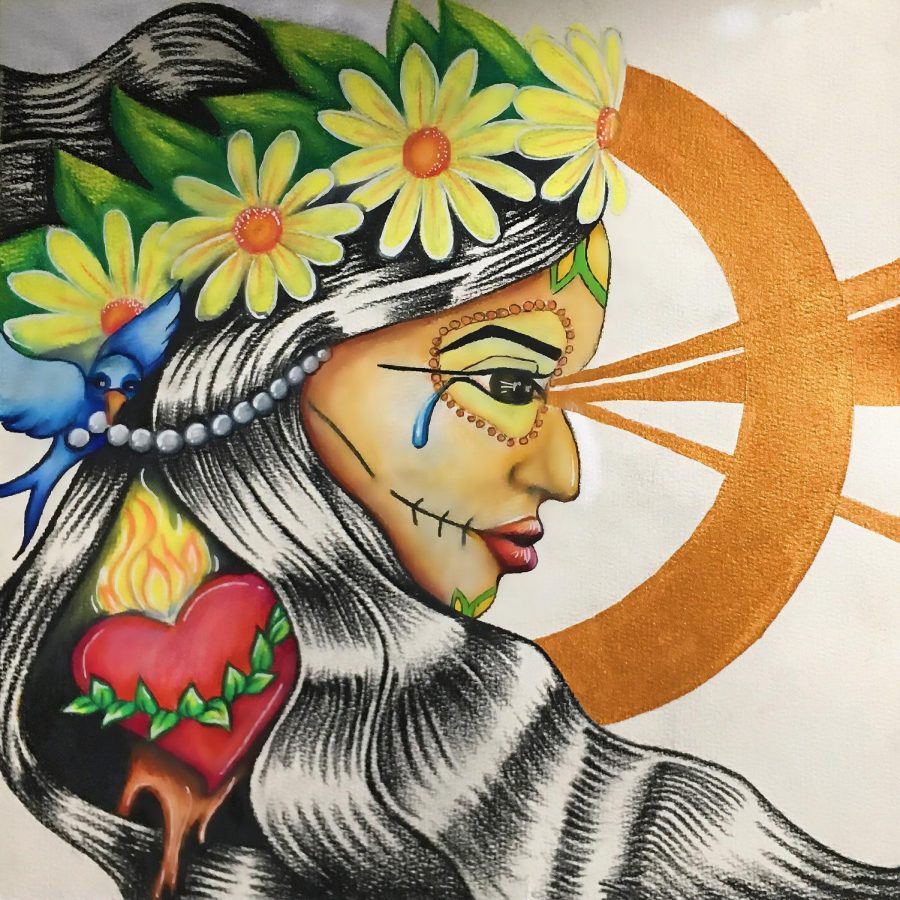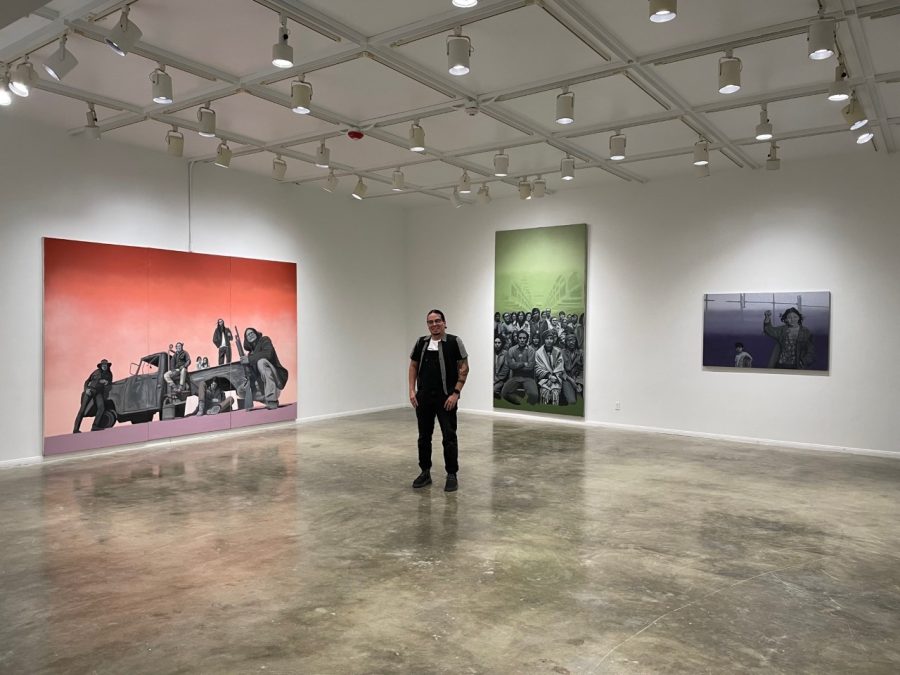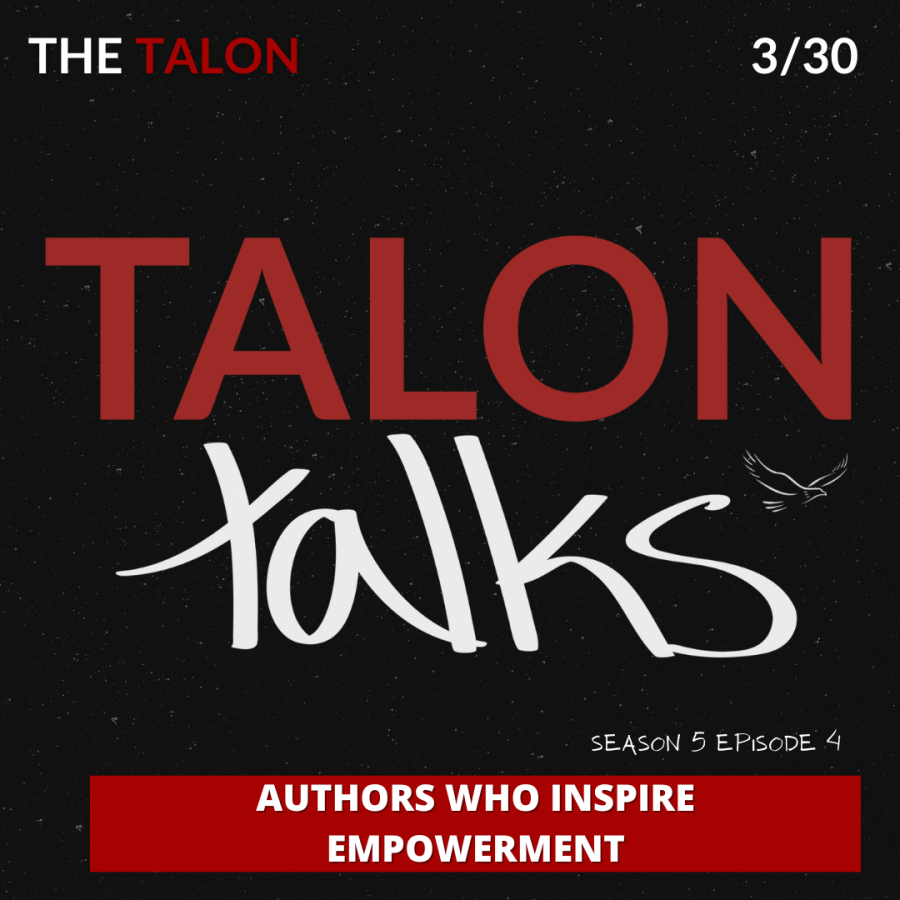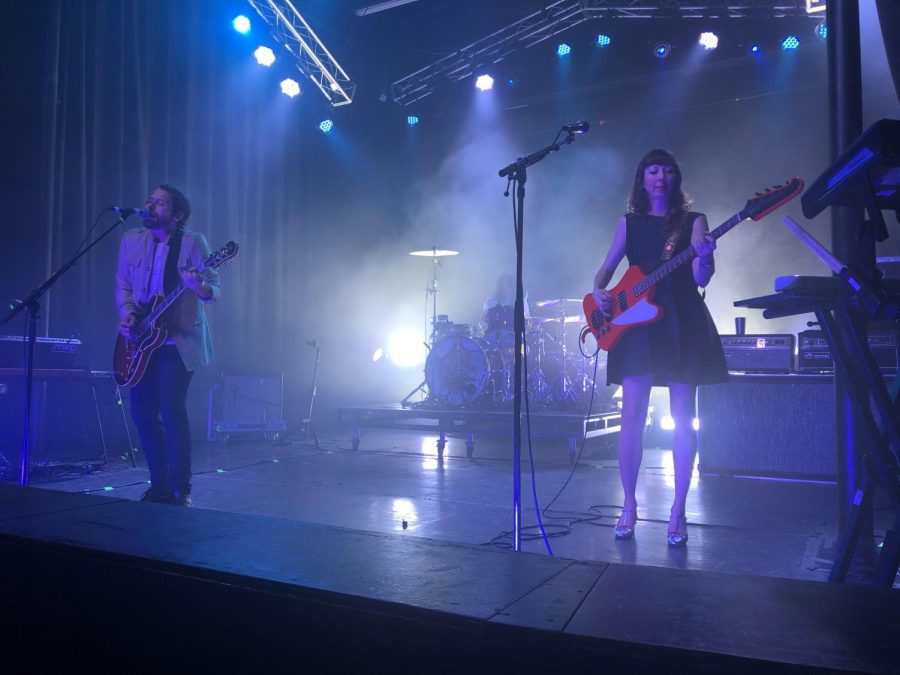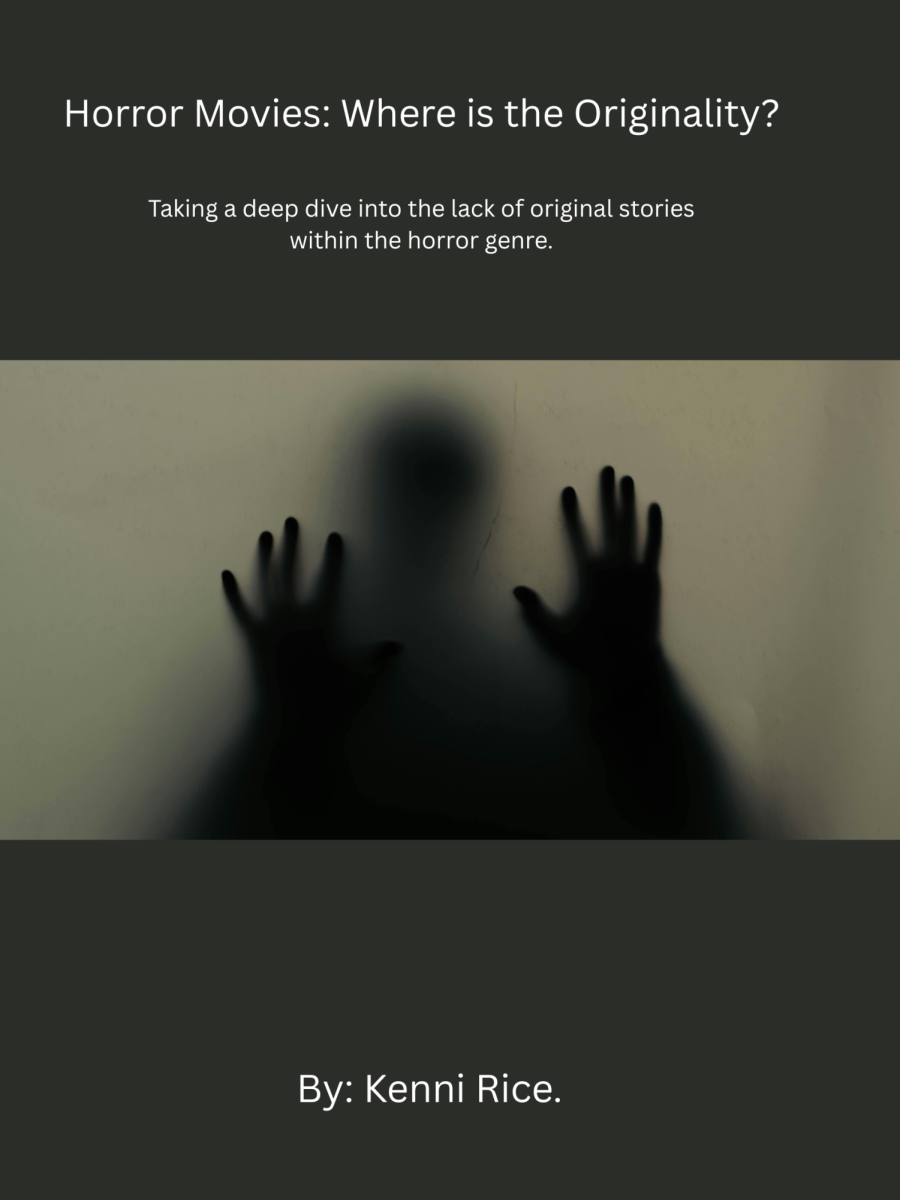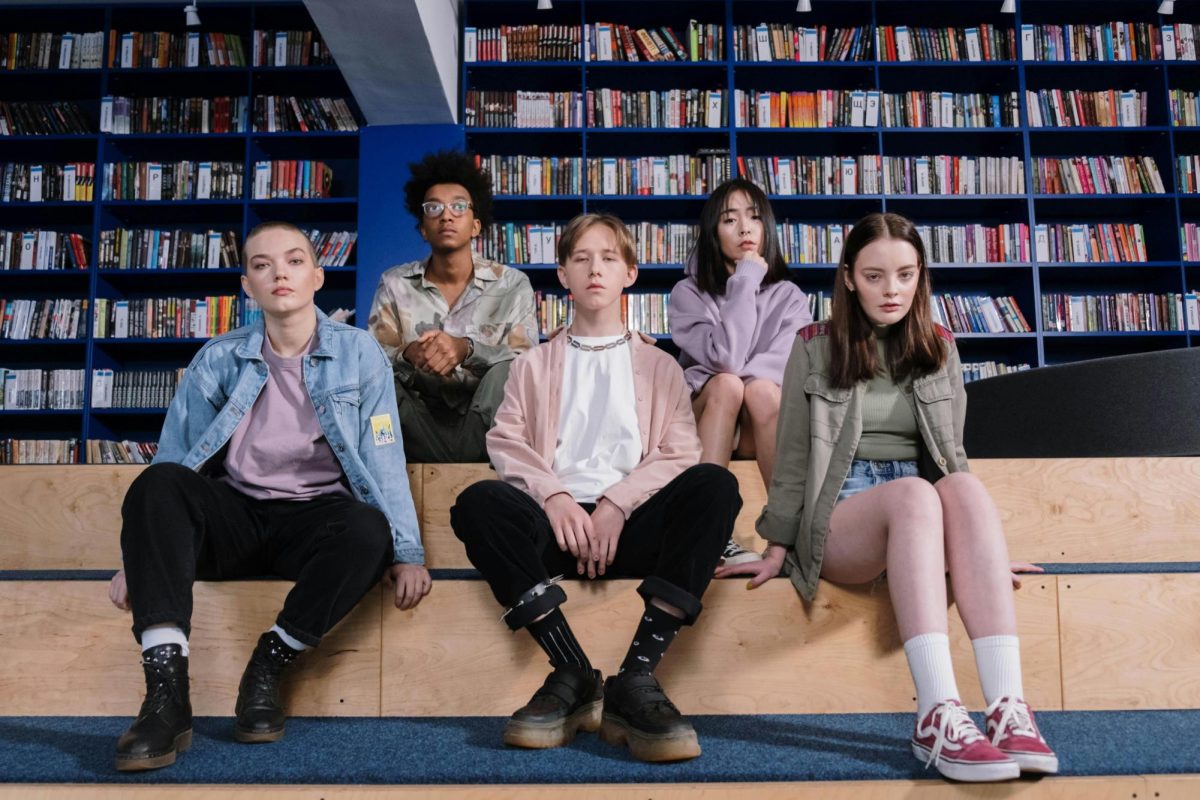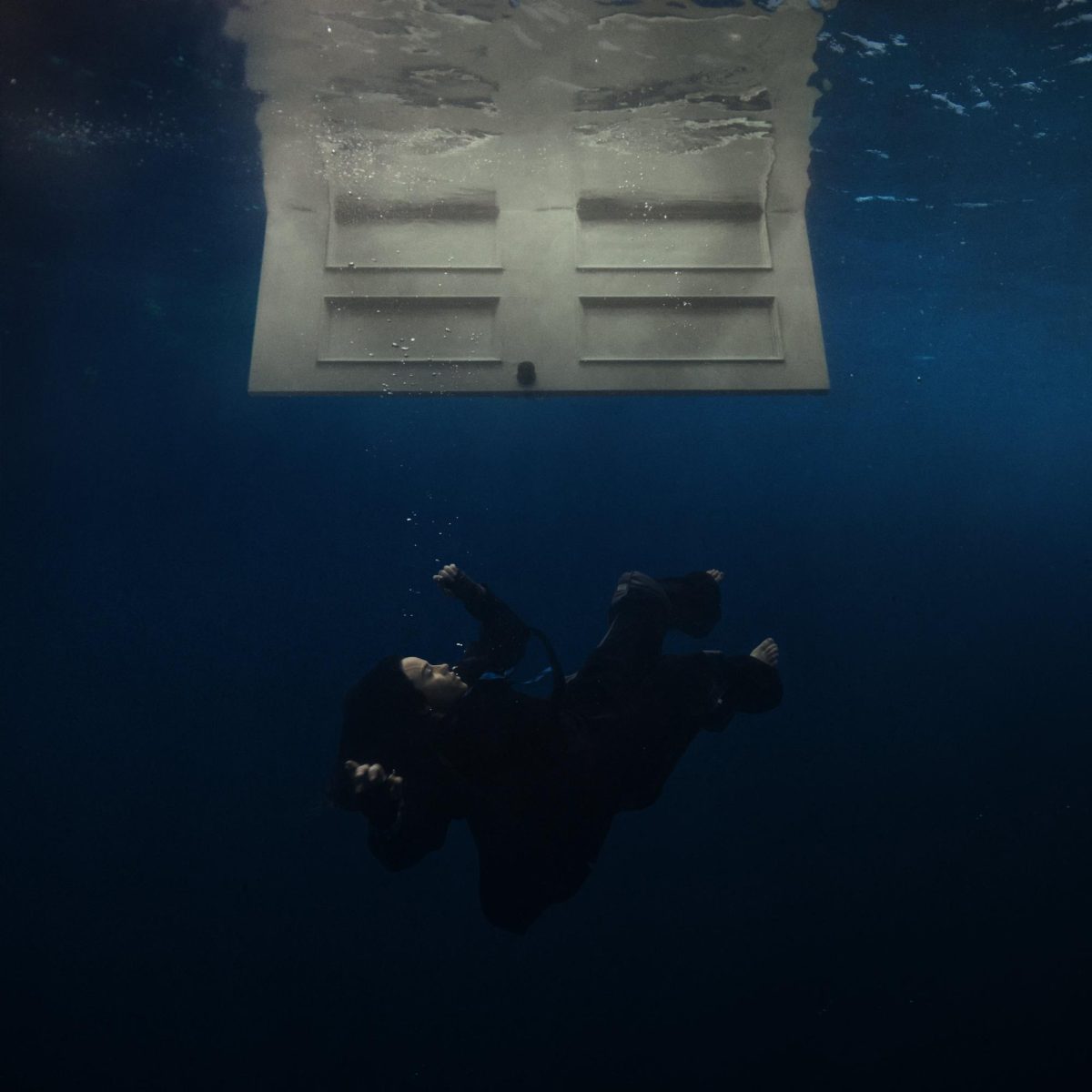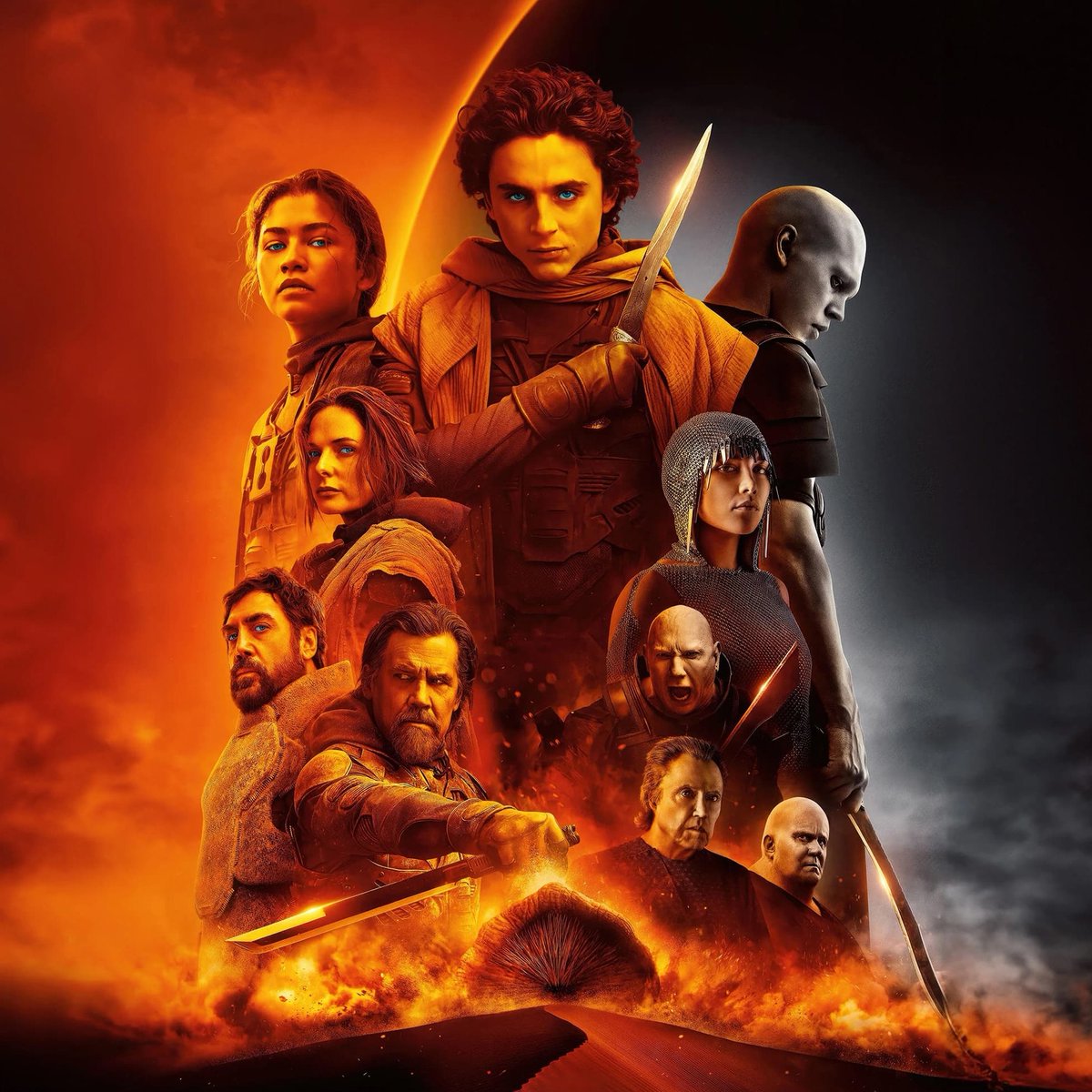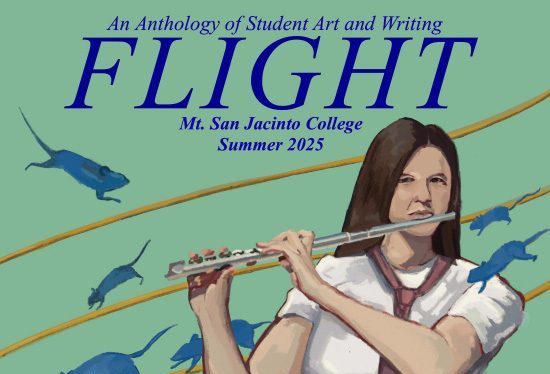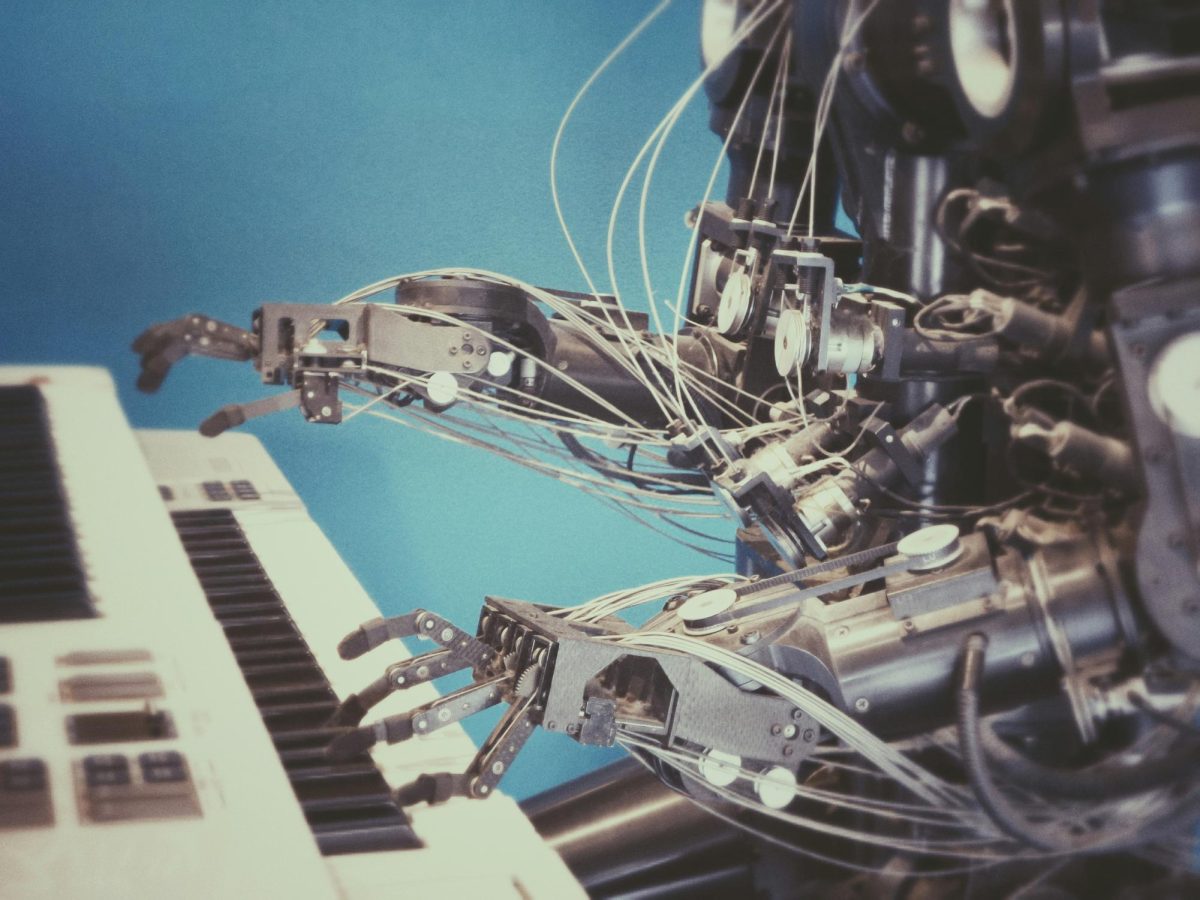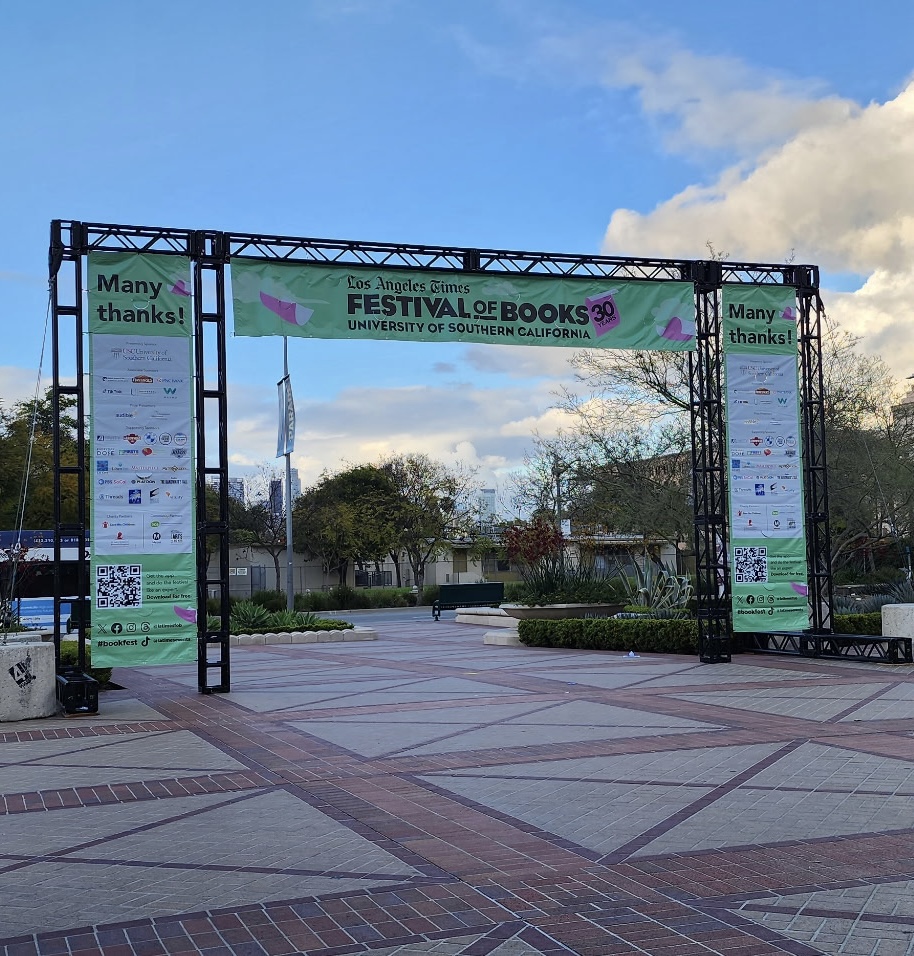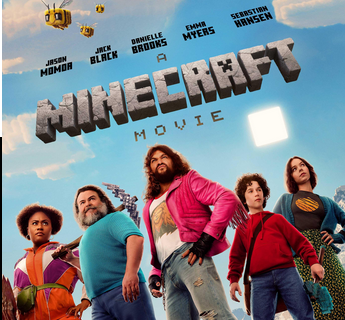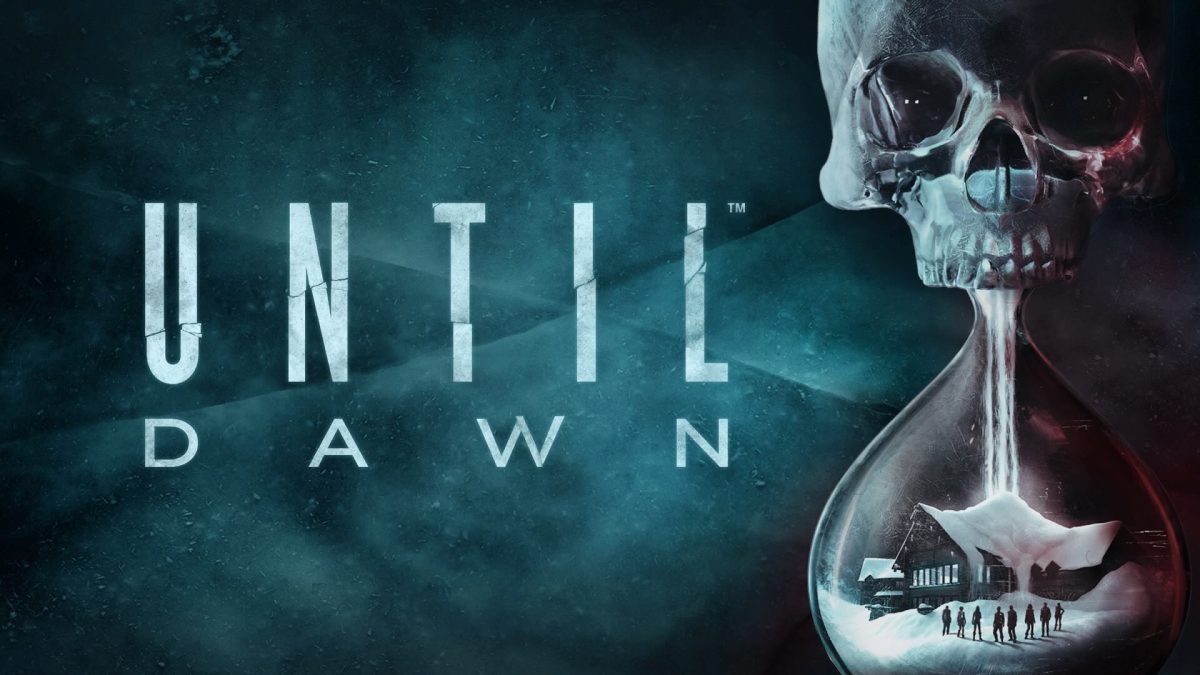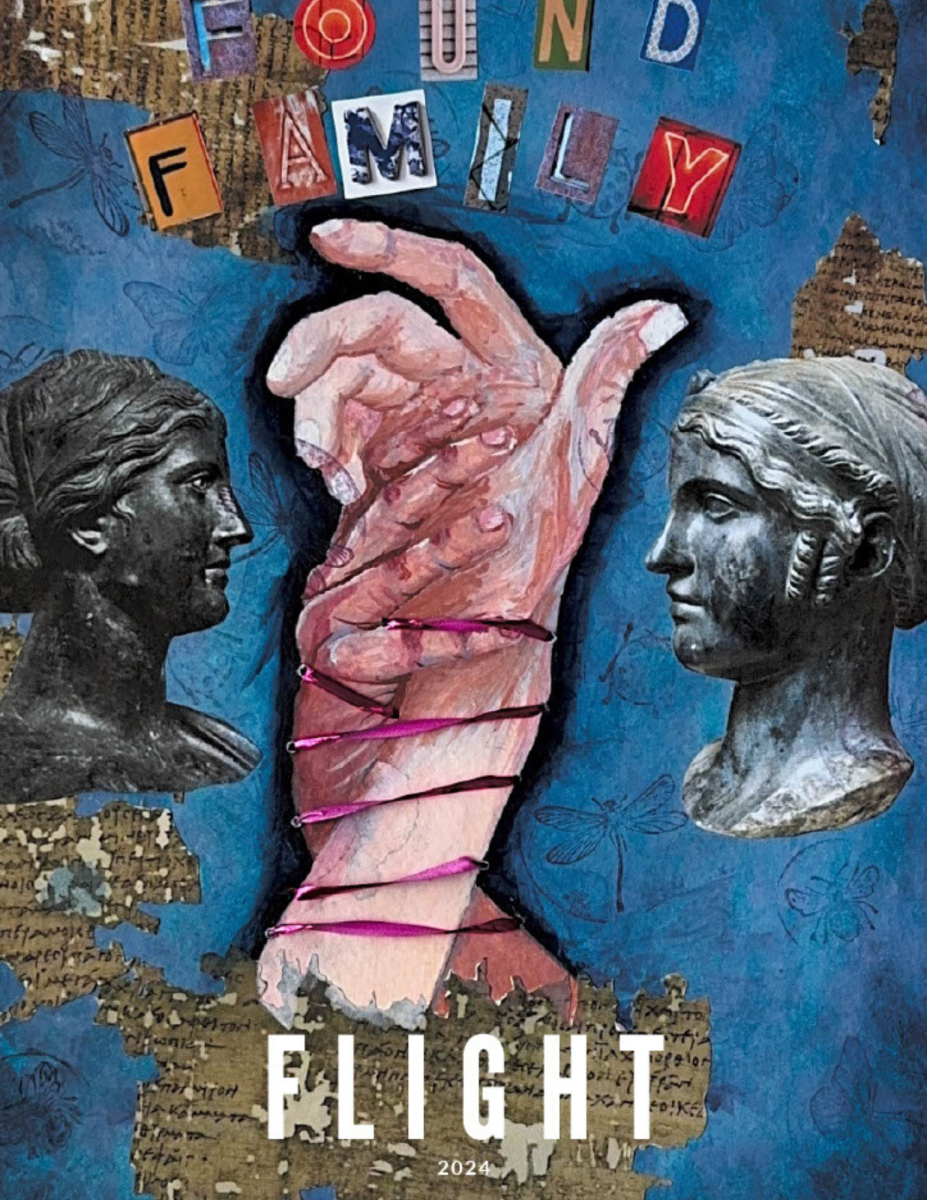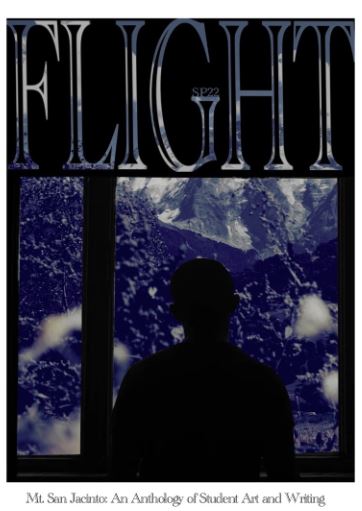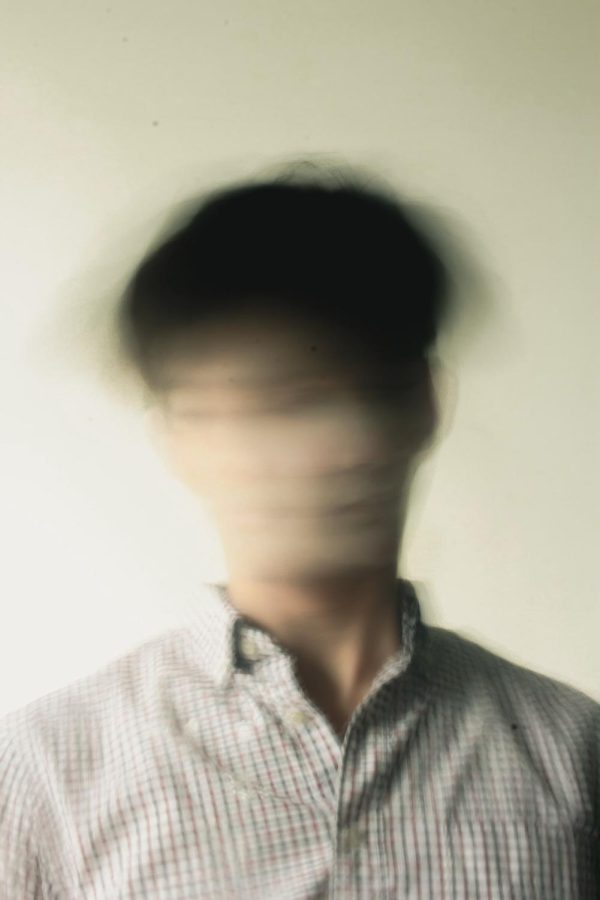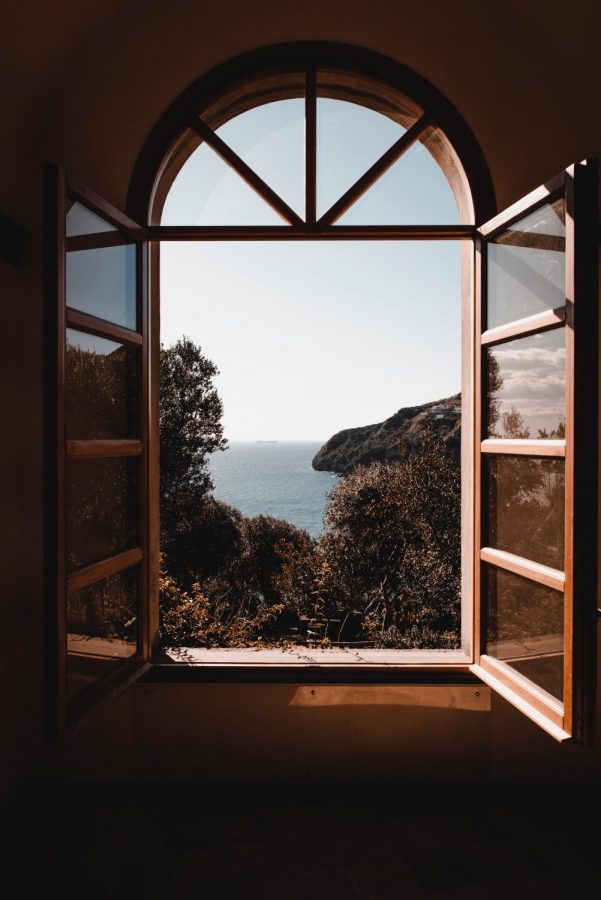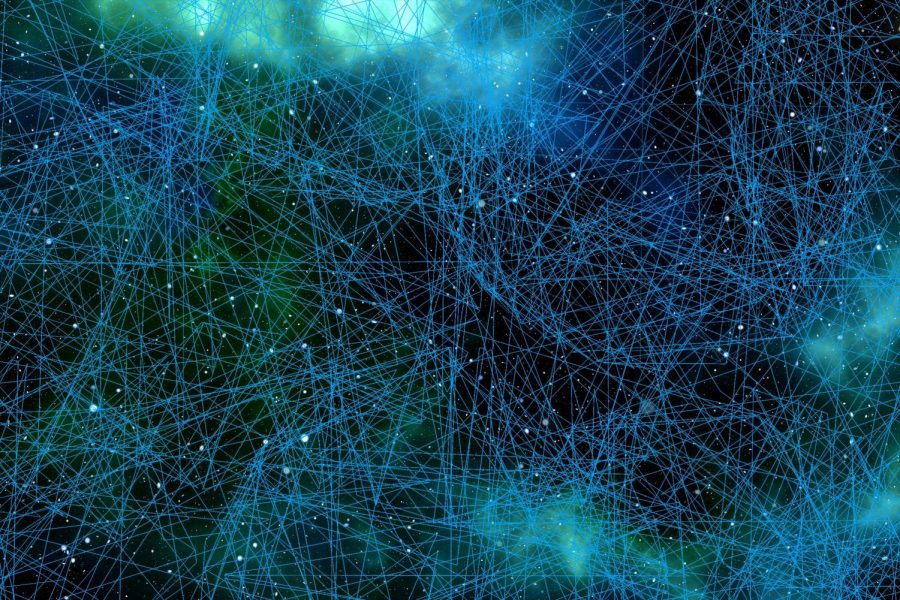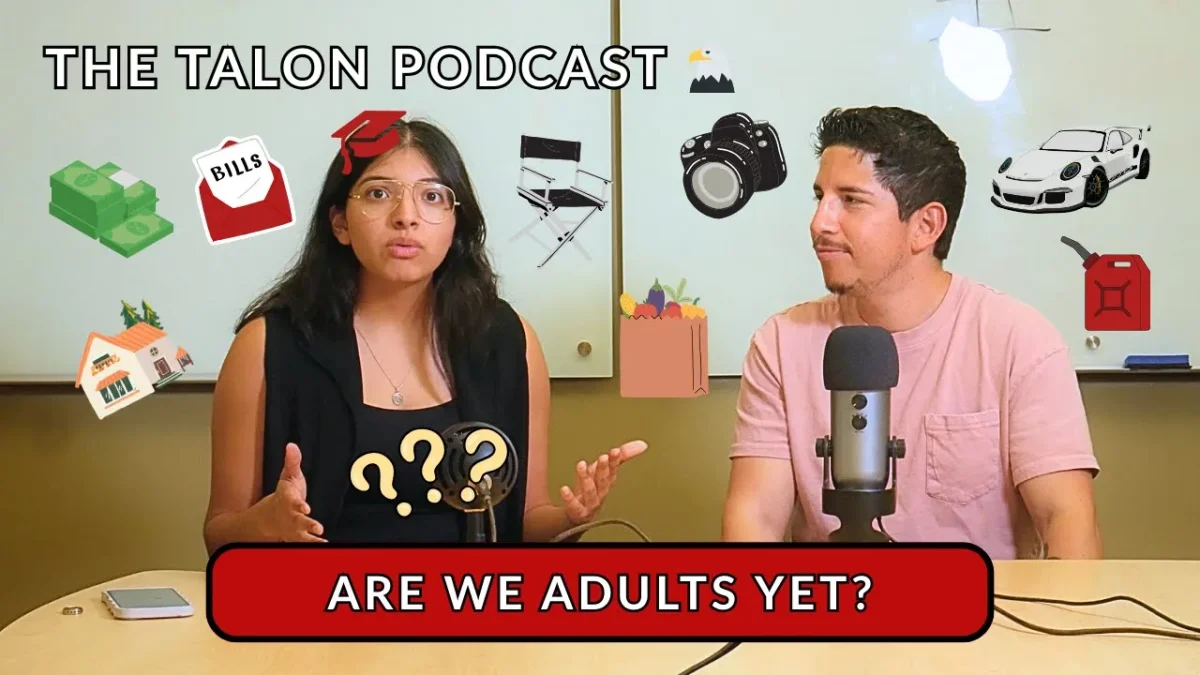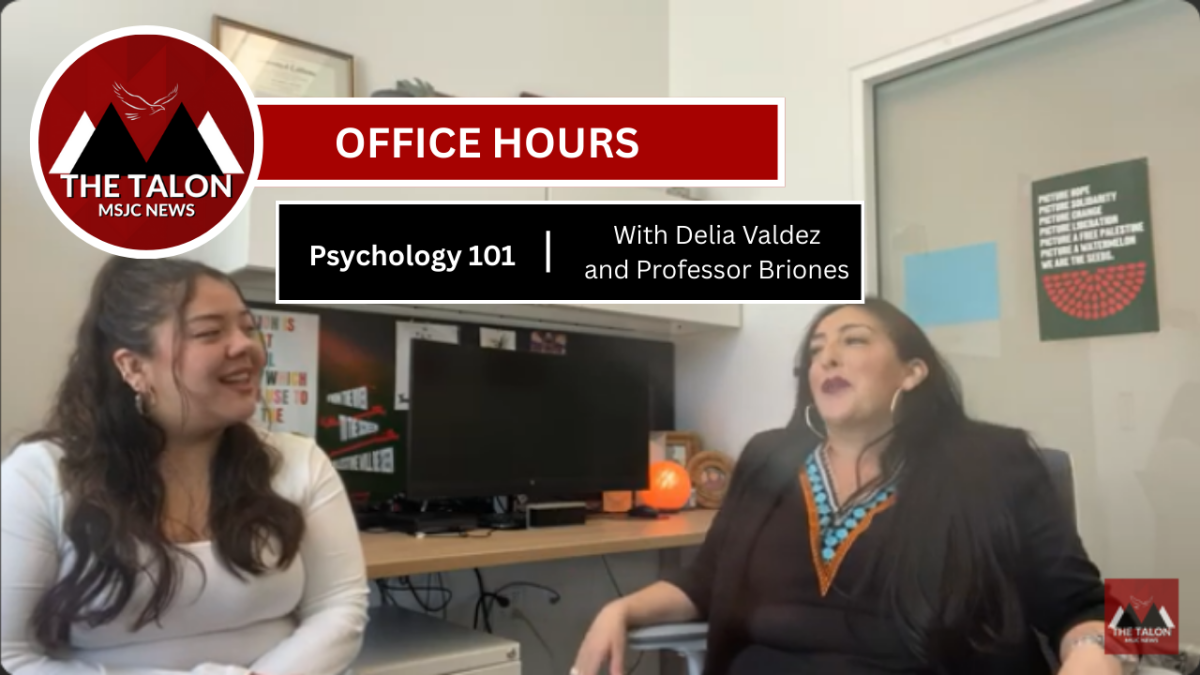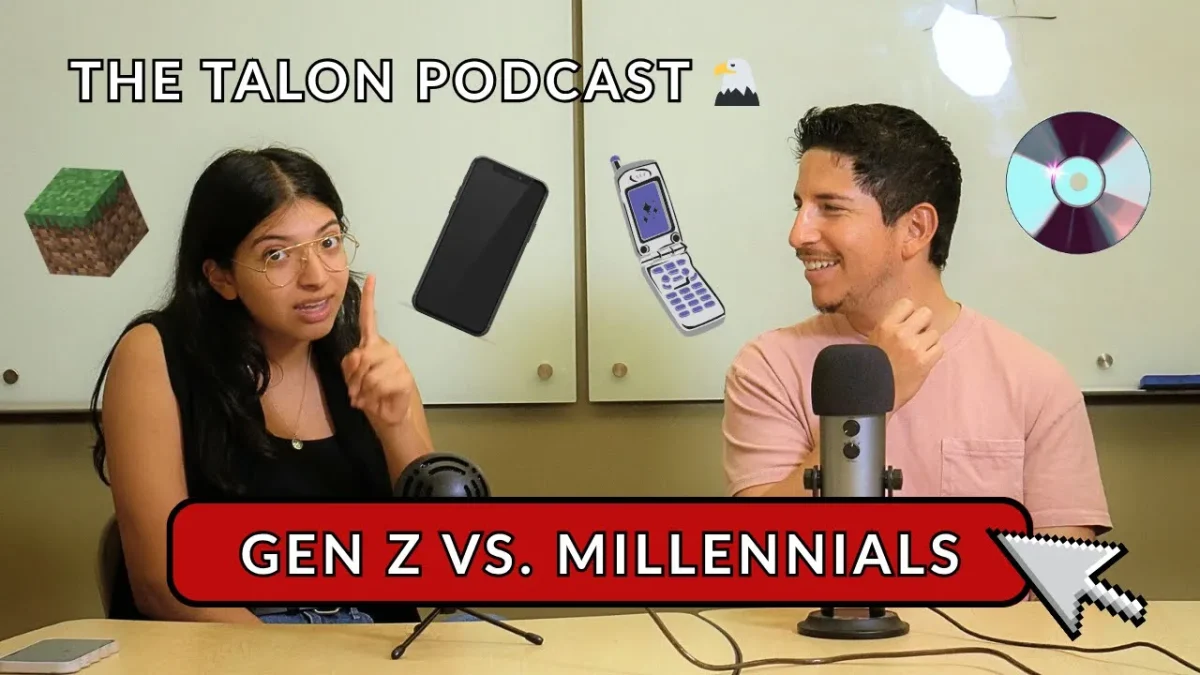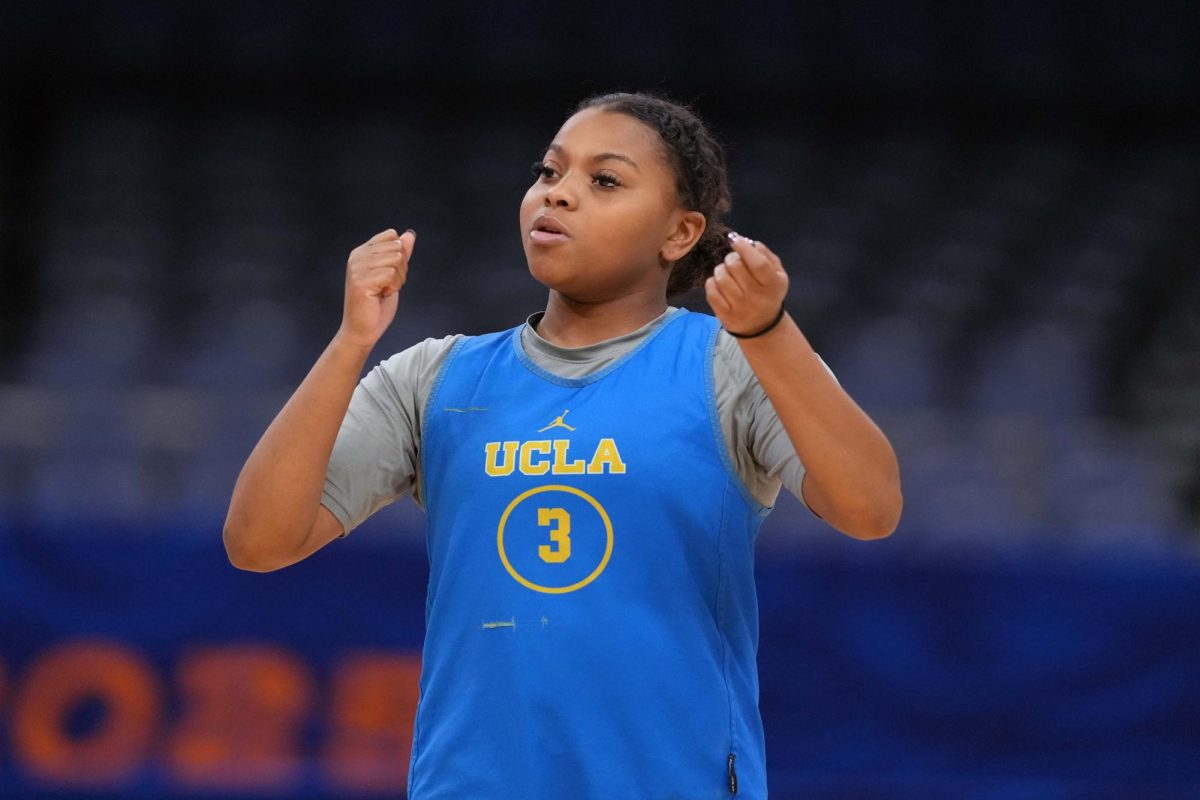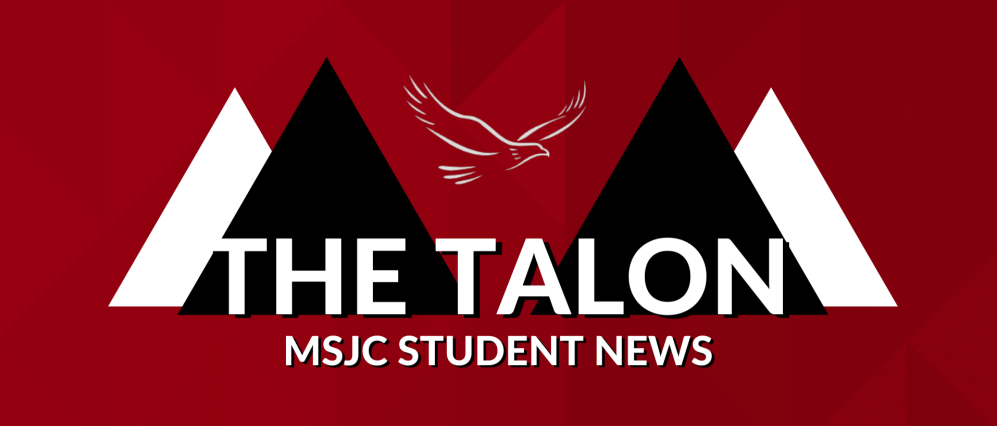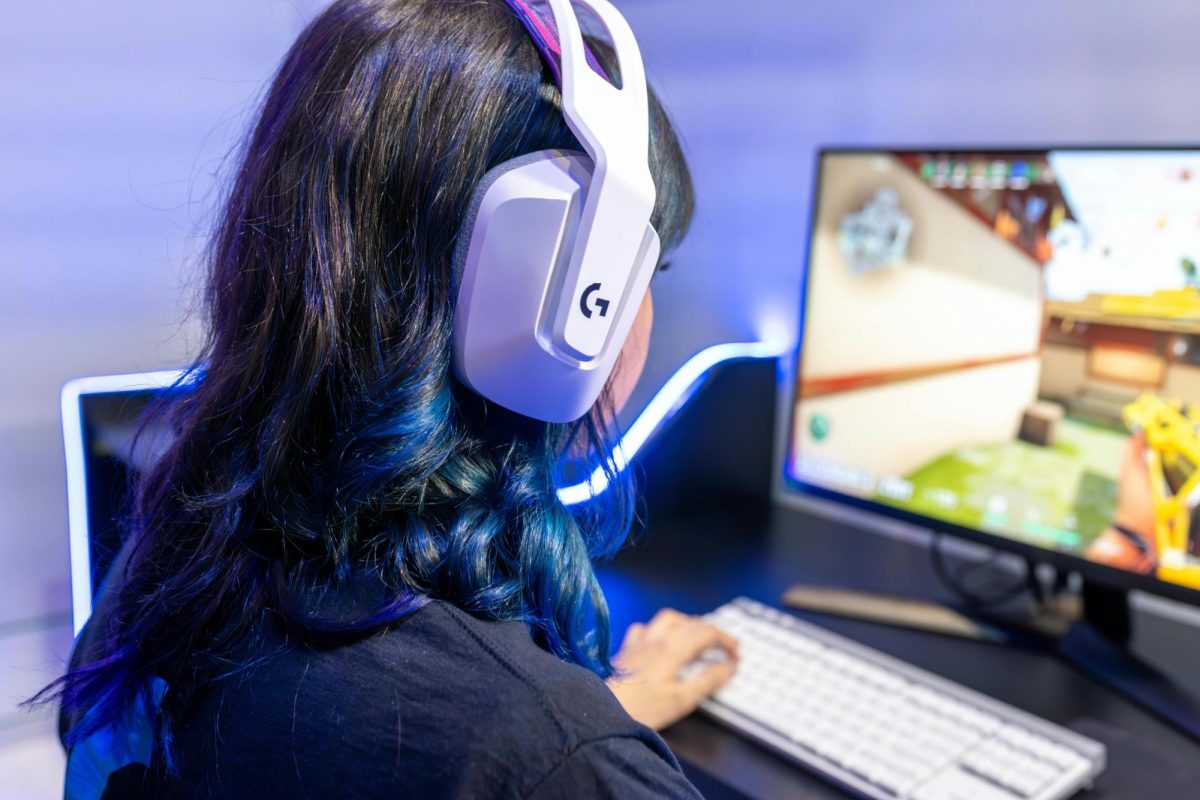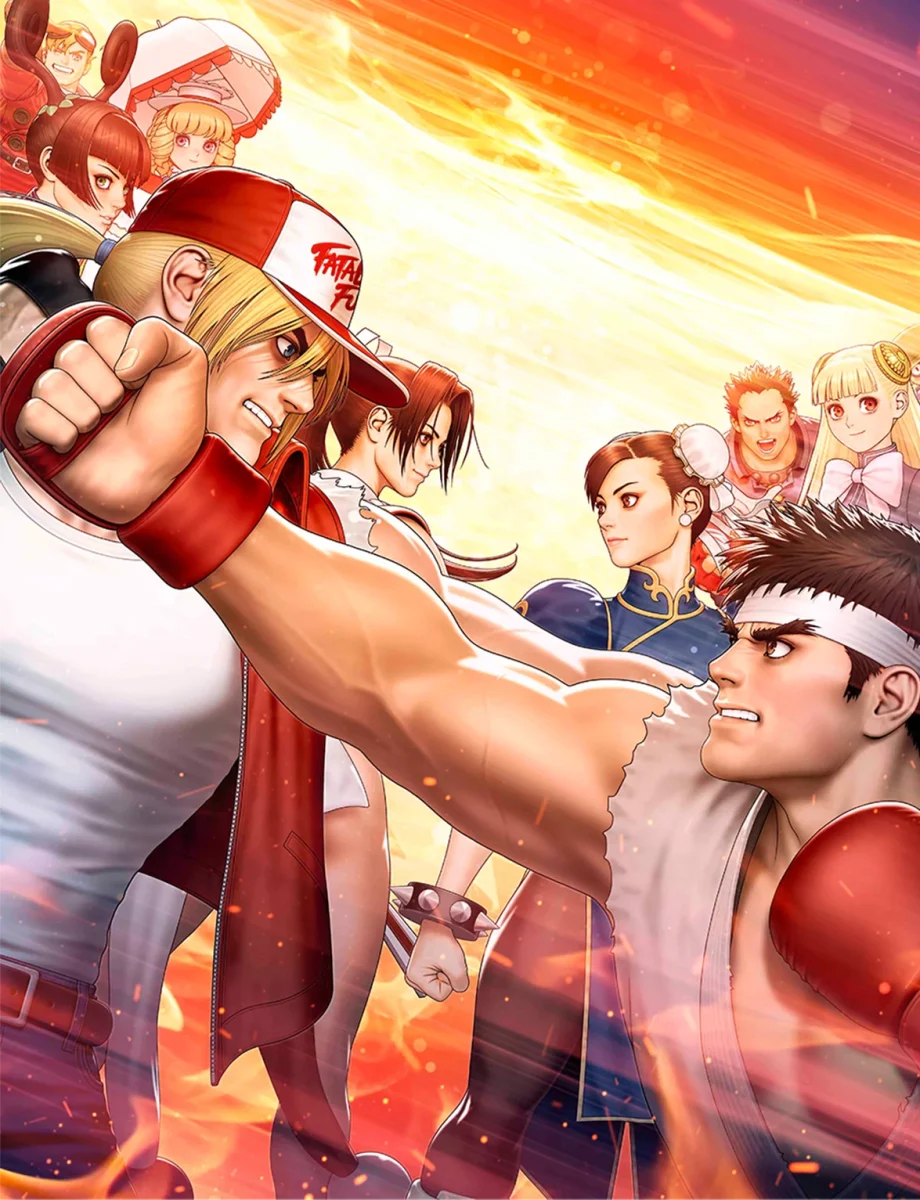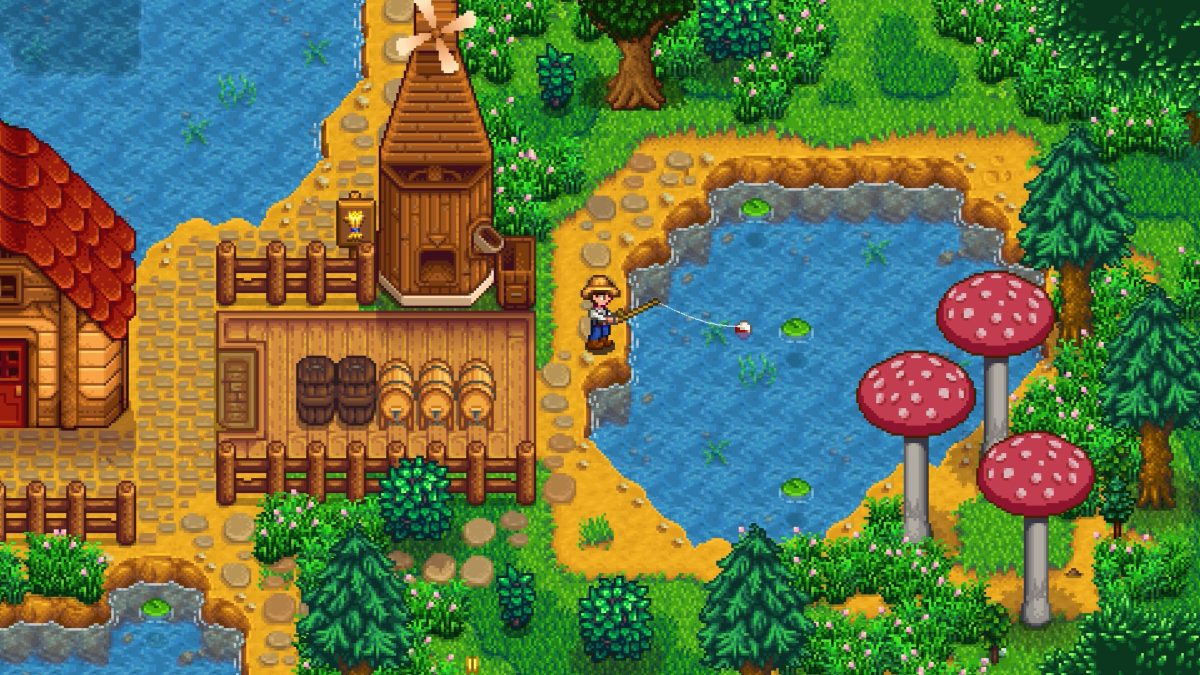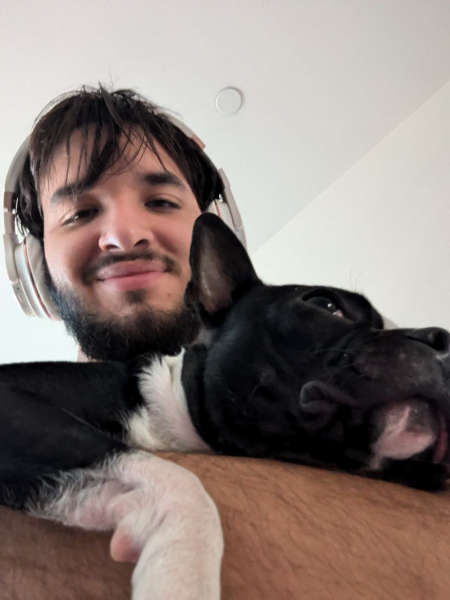Trigger Warning: This game revolves primarily around concepts of abuse, traumatic events, mental illness, and physical and sexual violence. Please take care of your mental health when considering playing this game or consuming content regarding it. Discussion of such topics will be very light in this article.
I remember I was back in my senior year of high School when the first Silent Hill transmission happened. Silent Hill is a psychological survival horror game series revolving around a haunted town with an occult presence that has the power to manifest the psyche of the people in it in horrible ways. The series was developed by Team Silent, a studio within the Konami video game company that had a very poor reputation at the time of the first Silent Hill’s development, and was inspired primarily by the psychological horror film Jacob’s Ladder, and also had plenty of other inspirations, such as the novel Crime and Punishment by Fyodor Dostoevsky being the primary inspiration for Silent Hill 2. The Team Silent studio’s first 4 Silent Hill games were released on the PlayStation 1, 2, Original XBOX, and Windows PCs on disc. Silent Hill 2 and 3 were only made available again on an infamously poor remaster on the PlayStation 3 and XBOX 360, with the original Silent Hill 1 also available on the PlayStation 3, PlayStation Portable, and PlayStation Vita.
Of the first four Silent Hill games, Silent Hill 2 and 3 are considered the best, with Silent Hill 2 being generally the most beloved. Silent Hill 2 steps away from the occult story of the other three of the first four, being a somber story about mental illness, trauma, and loss, while Silent Hill 3 expands on the occult themes of Silent Hill 1 while being an amazing coming of age story about growing up as a girl and struggling with bodily autonomy, grieving, finding your own identity, and finding your place in this world. Silent Hill 2 and 3 are some of the best examples of video games as art, and was released around a time when several other survival horror games were attempting and succeeding to tell stories revolving around sensitive subject matter, such as D2, Rule of Rose, Haunting Ground, and Fatal Frame III: The Tormented.
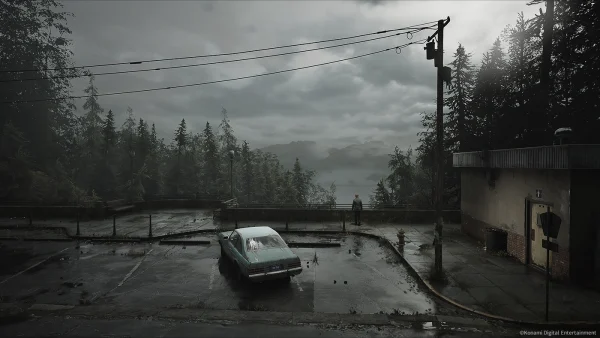
After the first four Silent Hill games, Konami, in a very vicious move, disbanded Team Silent and tried to outsource the game series to Western development studios. The series hopped between several development studios, resulting in games such as Silent Hill Origins on PSP and PS2, Silent Hill Shattered Memories on PS2 and Wii, Silent Hill Homecoming on XBOX 360, Steam and PS3, and Silent Hill Downpour on XBOX 360 and PS3. All of the games from this, except for Shattered Memories, received very poor general reception. After this failed direction change for the series, the last Silent Hill Game we’d receive for a long time would be the PS4 Demo P.T, which, at the end of the game, would show a trailer for a new Silent Hill game directed by coveted game director Hideo Kojima, director of the beloved Metal Gear Solid series and Death Stranding. However, this project was canceled.
After the classic survival horror series Resident Evil started becoming very popular again and revitalized the genre with its remakes of Resident Evil 2 and 3, we would see the announcement of a “Silent Hill Transmission” in 2022, an announcement program streamed on Youtube that would reveal new projects in the Silent Hill series. The program revealed three new games, an interactive TV show, and a new movie. The three games were a remake of Silent Hill 2, a new game by the Scottish game development studio No Code and published by Annapurna called Silent Hill Townfall, and a new game by the Hong Kong Development Studio NeoBards called Silent Hill F, taking place in Japan and being written by visual novel writer Ryushiki07 and having monsters designed by Kera, the monster designer for the visual novel Spirit Hunter NG.
Silent Hill 2 Remake was expected considering the remake craze of the video game world, and it seemed like a very typical way to start a reboot. However, after considering all the content of the transmission, I was only really concerned with Silent Hill F, which was the project that had the most talent behind it, being written by Ryushiki07, the writer of horror mystery visual novels Higurashi When They Cry and Umineko When They Cry. It actually inspired me to read the Higurashi When They Cry Visual Novel, and my ex at the time got me the series on steam, and despite a wide swath of scenes in the first three chapters, or “arcs”, making me quite uncomfortable, I consider the visual novel to be a very engrossing, deep, and mind-bending tragic mystery having chipped away at the Visual Novel over the course of a year and being currently at the end of Chapter 5 (Ryushiki07 likes to make all of his works longer than the bible for some reason.) I think that skill seems perfect to apply to Silent Hill. On the other hand, the Polish Game-Development Studio Bloober Team was the one to be handling the Silent Hill 2 Remake, which seemed very insulting because all of their works had severely butchered, offensive, and poorly implemented portrayals of traumatized/mentally ill people and sensitive topics. For a long while, until right before and after Silent Hill 2’s release, I considered Silent Hill 2 Remake a stepping stone to Silent Hill F and nothing more, until the game came out and I got to see what it was all about.
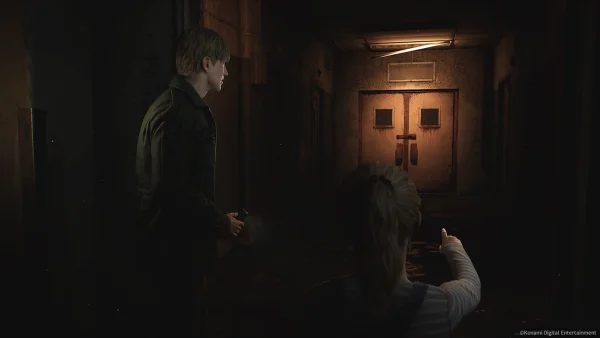
Silent Hill 2 Remake can be considered a reimagining of the original rather than trying to be one-to-one. However, it doesn’t subtract anything; it only adds. Examples of these are the boss battles, which are all now extended and have three phases, characters such as Angela and Maria having extra scenes, and you being able to enter buildings in the Town Segments of the game that you hadn’t been able to visit before, such as Imaginarium Theatre, Saul Apartments, and the Grand Market except for a few changes, such as Maria’s design, and very slight changes to the dialogue and tone of the characters’ performances. It also contains a huge gameplay overhaul. The original game had clunky combat, and the layouts of the buildings were realistic to a fault, as they were infuriating to explore, considering that many doors would give the same dialogue of having a broken lock. The new game is an engaging gameplay experience while not being entirely Resident-Evil-ified. The level design has amazing exploration, puzzles, and enemy placement while still retaining a reasonable layout in the non-otherworld sections. The combat has a clunky and desperate edge to it, as the animations convey how inexperienced James is at fighting while still having a flow and tightness to it.
I adored the immense respect and love the developers had for the town of Silent Hill and what they added to it. It was such a pleasure to see more places, learn about local legends, and feel a sense of opened-up exploration in the three segments of the game where you primarily explore the streets of Silent Hill. There are plenty of preserved references and events from the original game, and even events that were cut out are honored in some way. There are two examples of this. First, while the puzzle in the Prison from the original with the bizarre solution involving melting a wax doll was cut, there’s an area where you can find an explicit reference to the puzzle, and the second, there’s a segment of the game where Maria holds her original outfit on a coat hanger in front of James and flirtatiously asks if she would look good in it. As mentioned earlier, I also loved the extended boss battles. The boss battle involving a scene with Angela (being vague to avoid spoilers) was my favorite implementation, as that particular boss battle explicitly weaved a large swath of symbolism from Angela’s backstory while preserving elements and symbolism from the original boss battle in a way that made it one of the most emotional moments in the game for me. The only part where I felt something was added to a detriment was the only original boss battle added to the game, which involves an enemy that already exists. I’ll simply say the enemy involved is not used in a way that reflects the symbolism the enemy is supposed to have and has in the original game. Overall, other than that, the game adds in a way that ubiquitously honors the original.
My only caveat is that I view Silent Hill 2 Remake as an expansion to the original, and not the best way to experience the story of Silent Hill 2. I simply feel like the performance in the new version isn’t up to snuff. There are several areas where the performance feels awkward or flat for certain characters, such as Maria. I also wasn’t really a fan of the way they redid the endings from the original game. Hopefully, Konami can do the bare minimum and dump emulated versions of Silent Hill 1, 2, and 3 onto Steam or drop the old PC Disk versions of Silent Hill 2 and 3 onto GOG.com as downloadable versions. But if you’re unwilling to go out of your way to play the original, Silent Hill 2 Remake will ultimately be a serviceable vessel to appreciate the story.
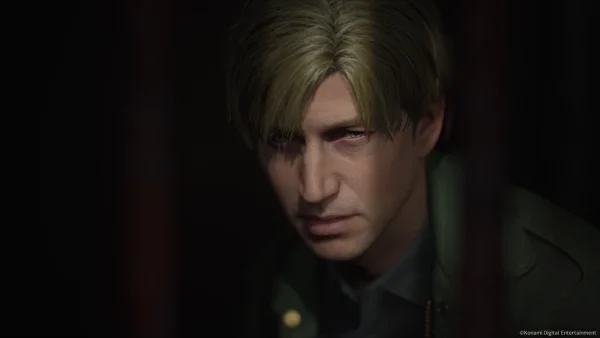
Overall, I’m glad that Silent Hill 2 Remake succeeded, and offered something new and a wide variety of things I could appreciate as a Silent Hill fan. While I think Silent Hill 2 Remake is best experienced after already having played the original, it is a serviceable retelling of the original, with plenty of things added on while always honoring the source material, only being held back by some poor performances compared to the original games. Let’s hope the next 2 Silent Hill Projects, Silent Hill Townfall, and my most anticipated, Silent Hill F, will carry the torch of this reboot.
